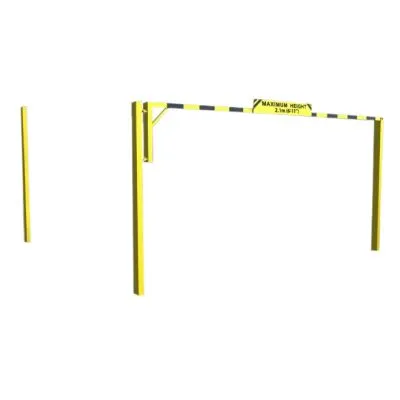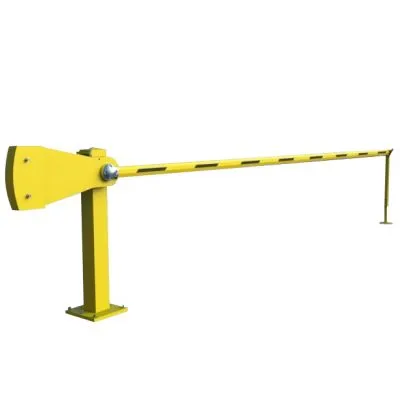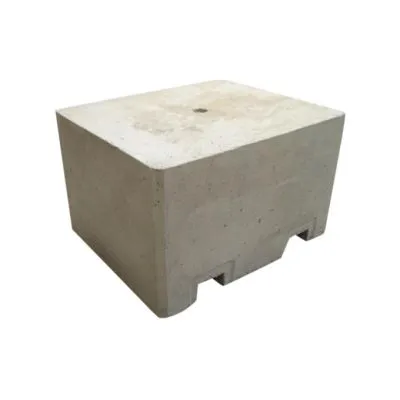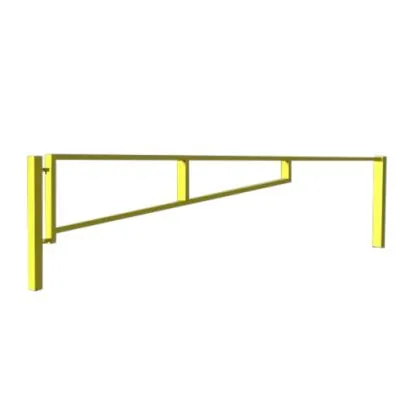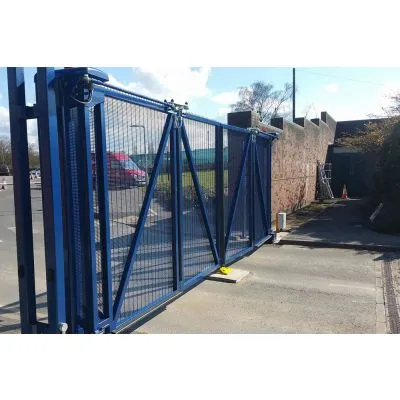Traffic Direction Control Plates - Sunken
Product Highlights
- Sunken installation - Fully recessed flow plates for seamless integration into road surfaces.
- Counterbalance return - Automatically resets to upright after vehicle passes.
- Noise-reducing design - Buffers minimise metal-on-metal impact sounds.
SKU PK2515
Sunken traffic direction control plates (Cars & HGVs) are designed to stop traffic from flowing in both directions by preventing vehicles from passing over in one direction, whilst allowing them to travel the opposite way. These direction flow plates are 350mm wide, with a depth of 220mm and provide a 90mm high barrier. Multiple direction control plates should be used together to create an effective one-way traffic barrier.
These sunken steel flow plates are purpose-built for one-way traffic control and are ideal for private car parks, business entrances and logistics yards. Designed to be embedded in-ground, the units allow vehicles to travel freely in one direction while presenting a raised barrier to those approaching from the reverse side.
Each unit features a counterbalance mechanism which lifts the plate back into its upright position immediately after being driven over. This functionality ensures continuous directional enforcement without the need for manual reset. These direction control plates are suitable for cars and HGVs (up to 7.5 tonnes), and are designed for areas where a heavy foundation may not already be in place.
- In-ground design – Provides a permanent and flush finish for a professional install.
- 350mm x 220mm dimensions – Creates a 90mm high flow barrier.
- Steel construction – Durable against vehicular impact and wear.
- Silent action – Integrated noise buffers reduce operating noise.
- Modular deployment – Multiple units installed together to span full access width.
Use of these traffic control plates should be paired with speed reduction ramps and clear warning signage to reduce wear and ensure maximum compliance.
HERMEQ stock a wide-range of Car Park & Entrance Barriers, Traffic Management Equipment, Road Barriers & Road Signs conforming to all required safety specifications and regulations.
Need any help? Contact HERMEQ Today.
Contact our team via phone 0800 043 2520, email sales@hermeq.com or use our live chat feature between 8:00am & 17:00pm for help discovering our range.
Typical applications:
- Private site access: Control outbound flow only while preventing unauthorised inbound access.
- Logistics yards: Enforce correct one-way systems around busy warehouse operations.
- Underground parking exits: Secure one-way egress routes without human supervision.
- Restricted business entrances: Prevent abuse of drive-through areas or service-only lanes.
Operational Notes:
- Suitable for cars & HGV's, not suitable for vehicles over 7.5 tonnes.
- Minimum installation: 220mm concrete base on a 200mm gravel soakaway.
- Vehicles must pass at 90° to avoid damage to flow plates and vehicle tyres.
- Direction control plates should be cleaned and repainted periodically to retain performance.
- Use in conjunction with signage and speed ramps for optimal safety and longevity.
Correctly installed flow plates are a highly effective, low-maintenance solution for enforcing directional vehicle access.
| Road Metric Width (mm) | Imperial (feet) | No. Of Plates Recommended |
| 2000 | 6.56' | 5 |
| 2500 | 8.20' | 6 |
| 3000 | 9.84' | 7 |
| 3500 | 11.48' | 9 |
| 4000 | 13.12' | 10 |
| 4500 | 14.76' | 11 |
| 5000 | 16.40' | 13 |
| 5500 | 18.05' | 14 |
| 6000 | 19.69' | 15 |
What are flow plates used for?
Flow plates are installed to allow one-way vehicle travel and physically block access from the opposite direction. They are commonly used in car parks, service roads, and exit lanes.
Are these suitable for HGVs?
Yes. These direction control plates are rated for cars and HGVs up to 7.5 tonnes.
Do they make noise?
No. These units are equipped with noise buffers to minimise sound, unlike cheaper models that produce loud clanging.
How many plates do I need?
Refer to the sizing chart under the Specifications tab. Typically 5 to 15 plates are used depending on the span.






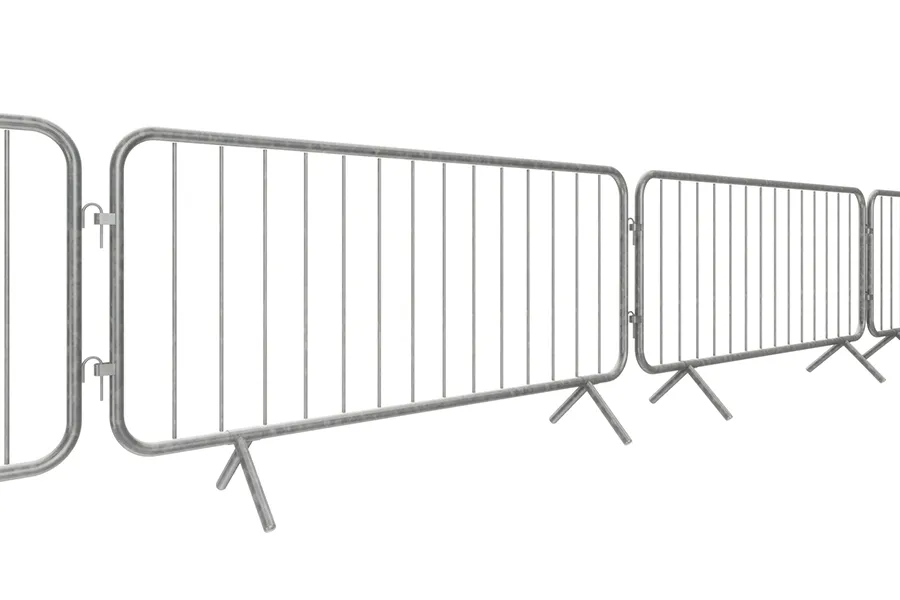
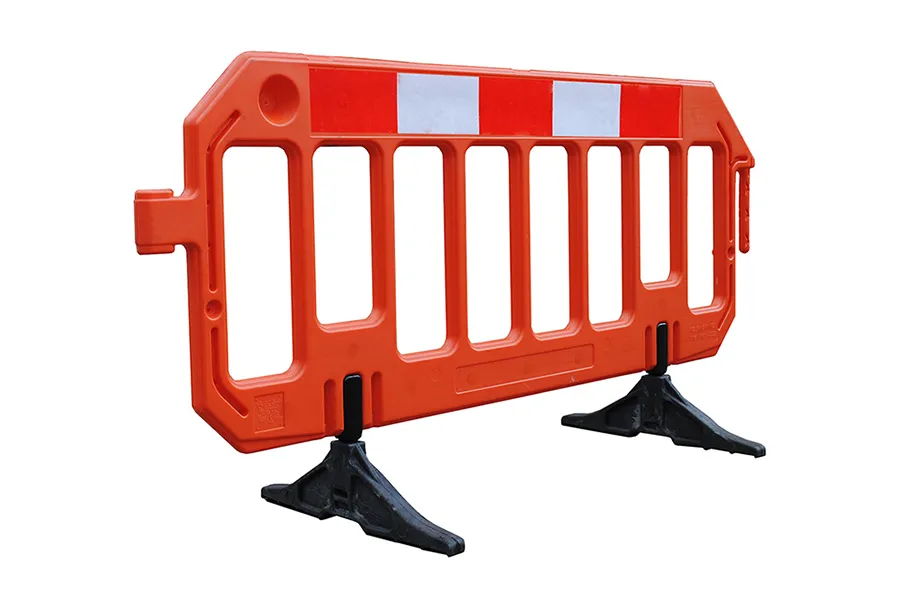
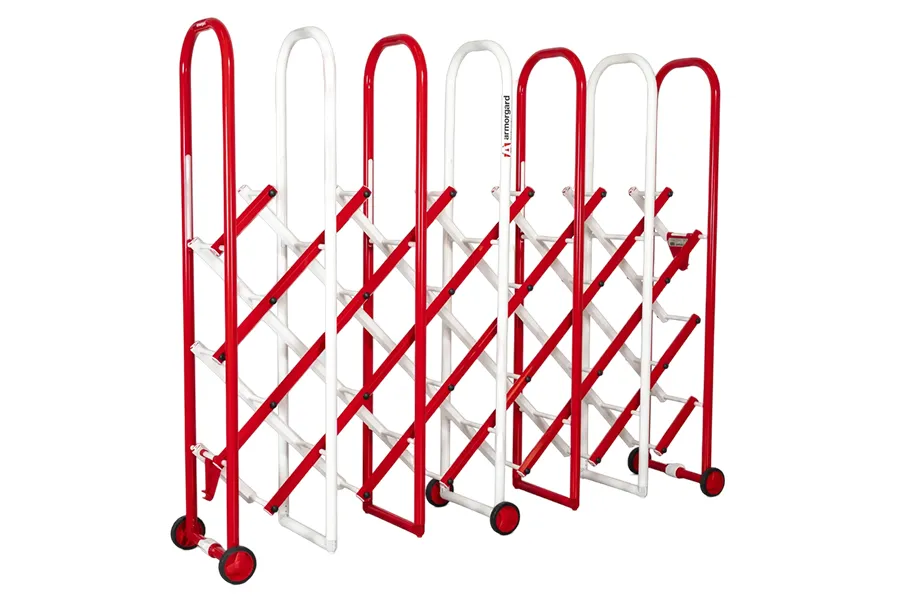

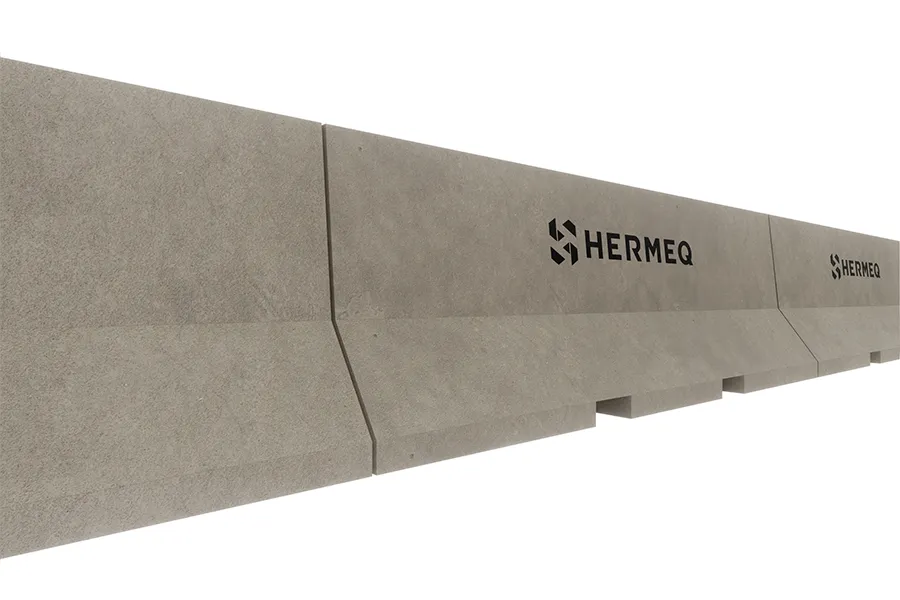
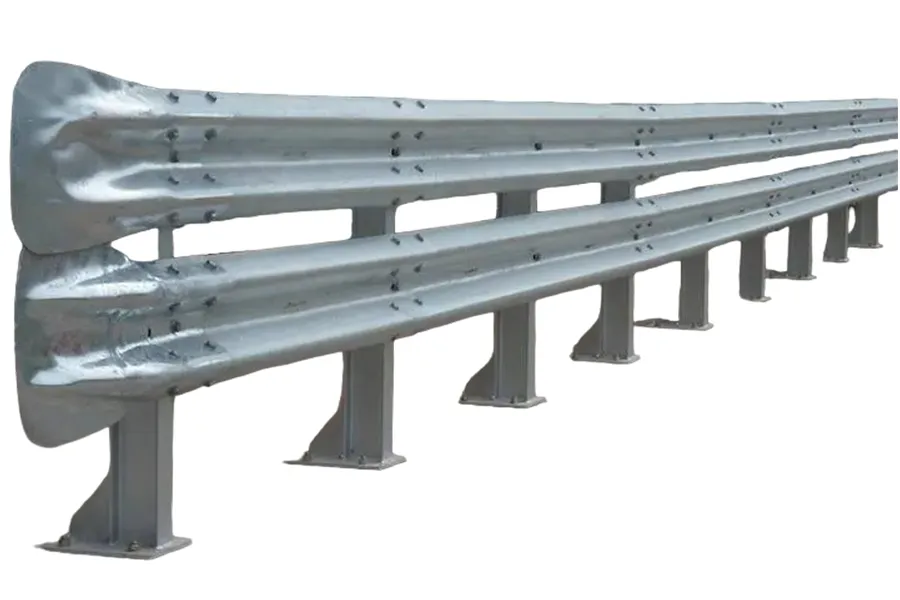


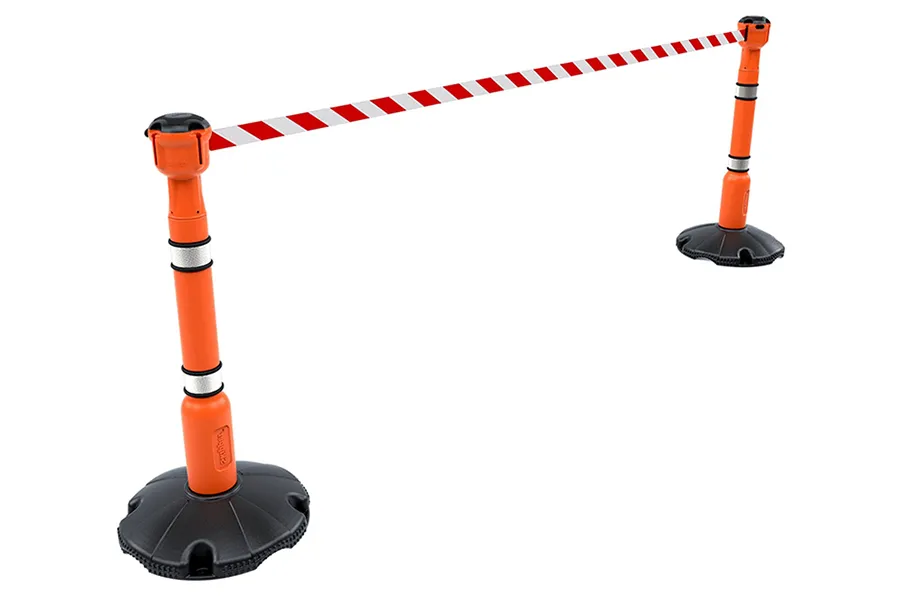
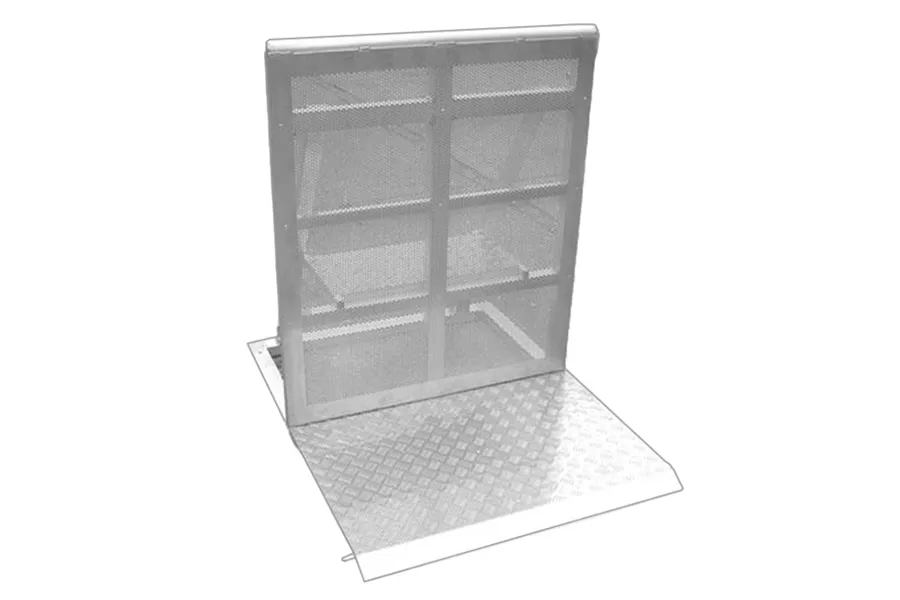

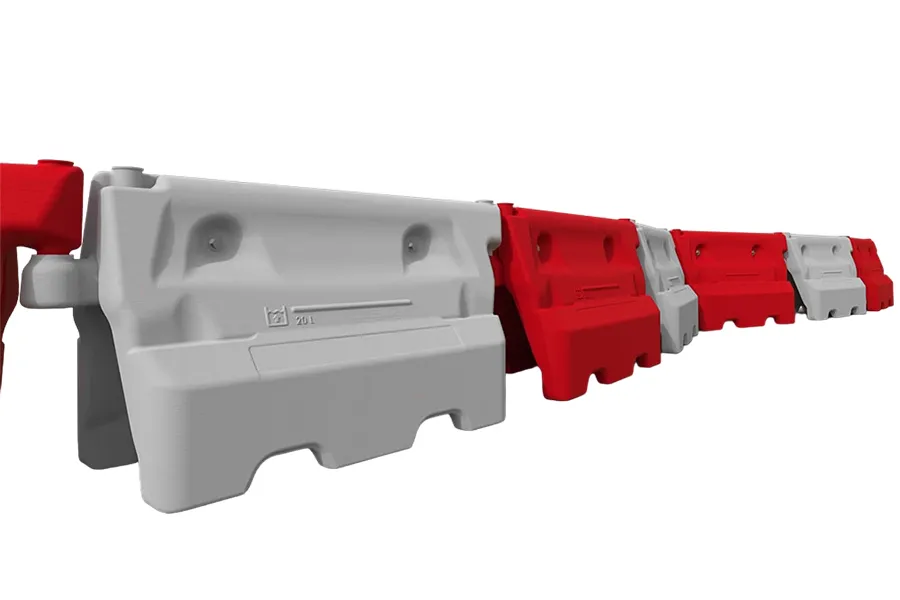
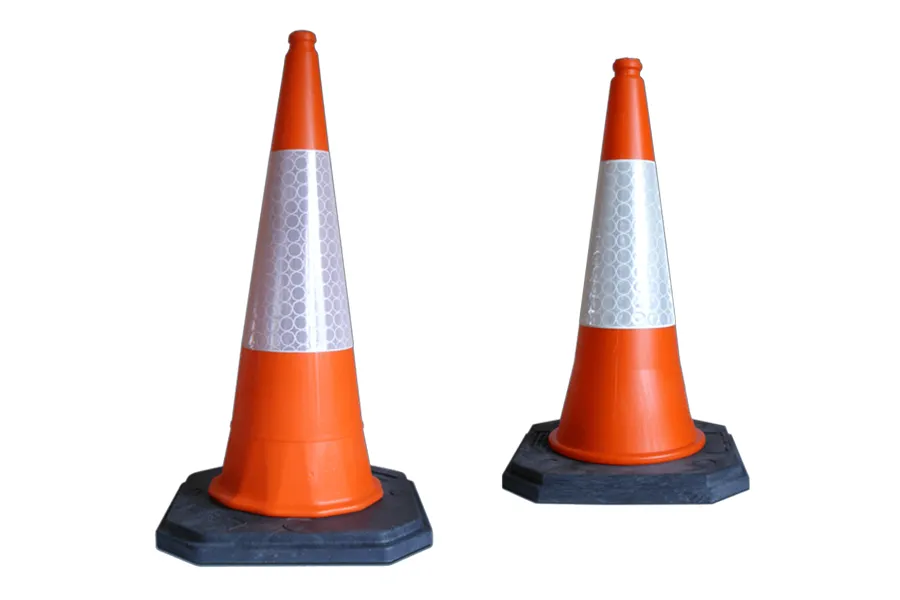

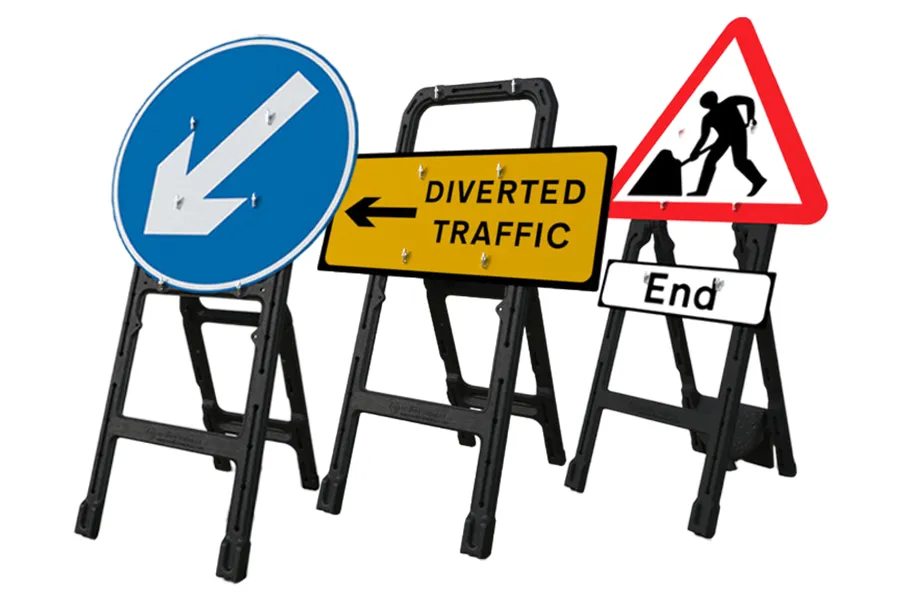
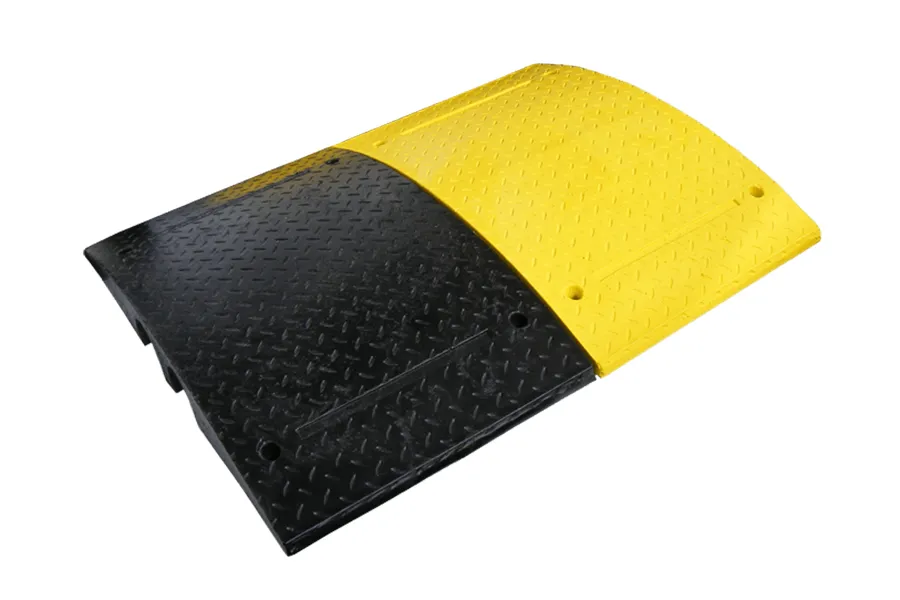
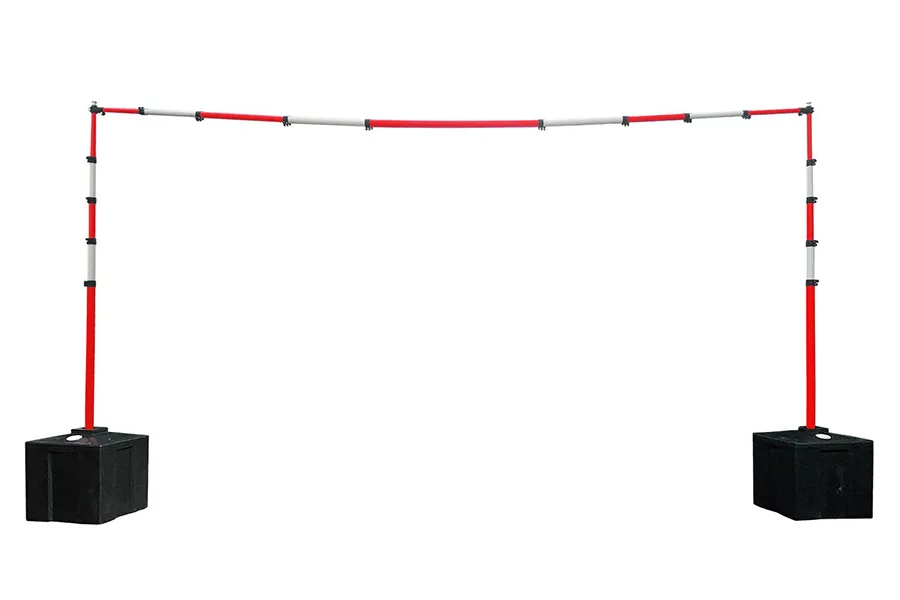
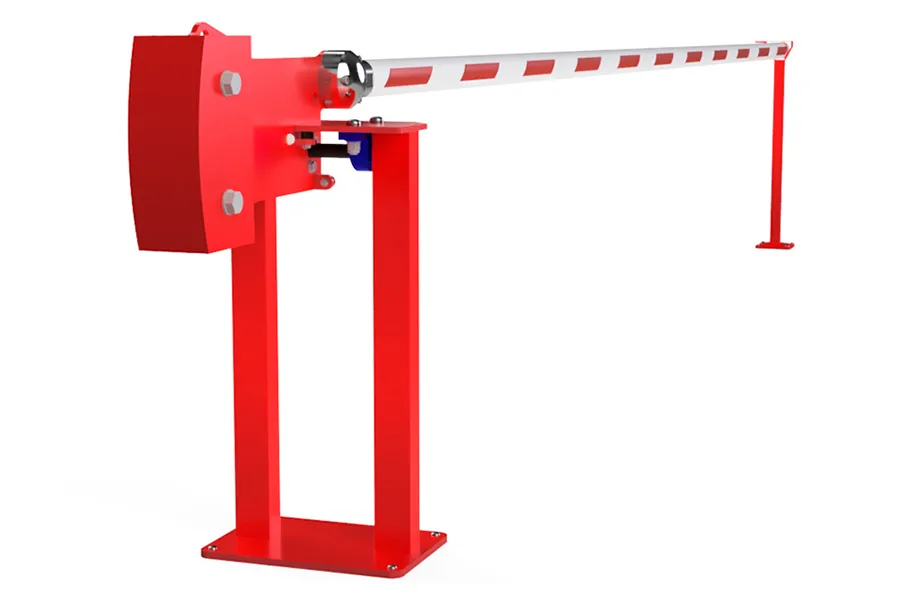

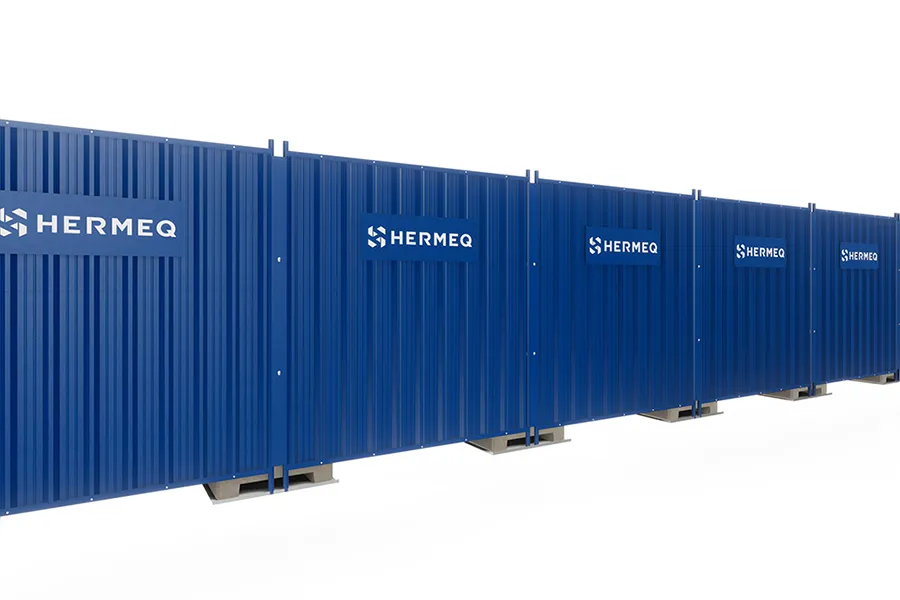

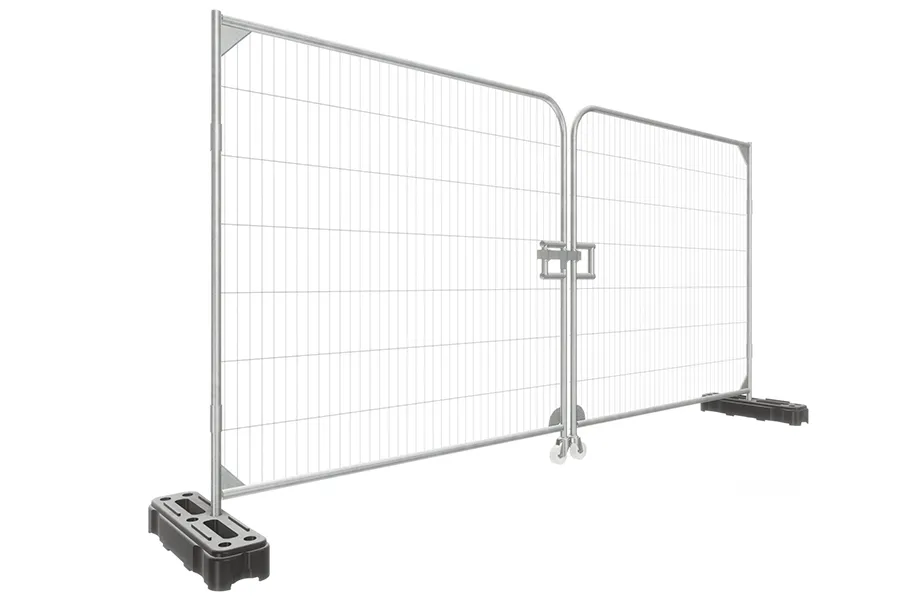
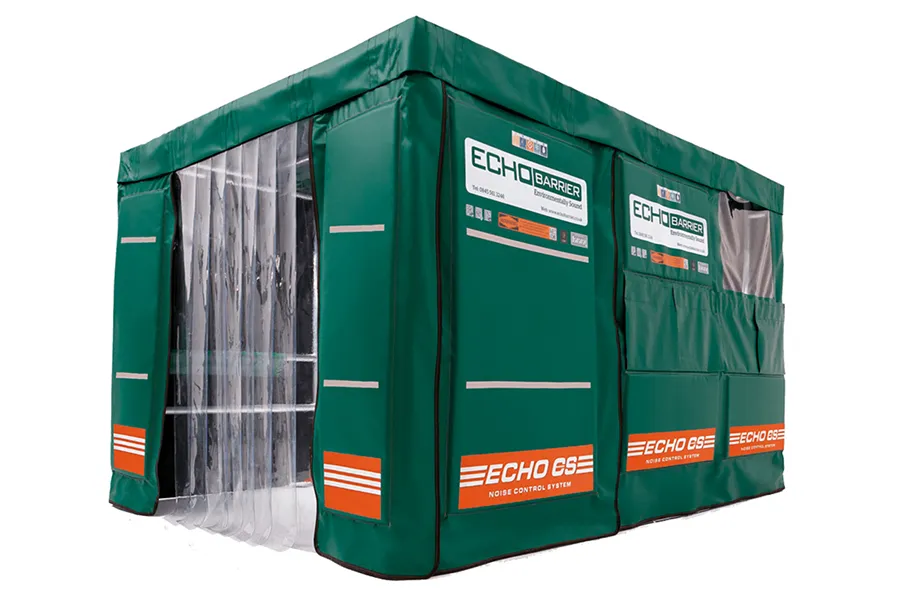
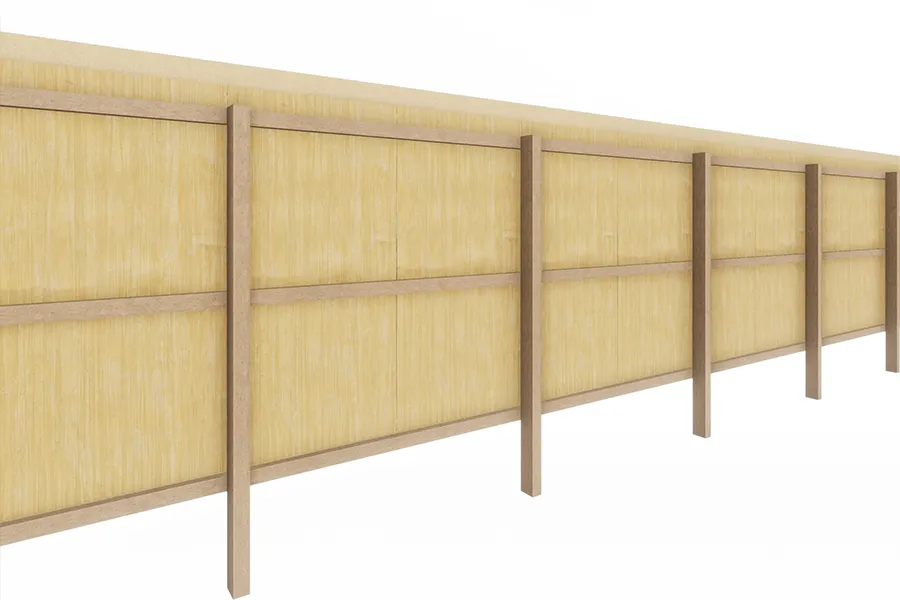
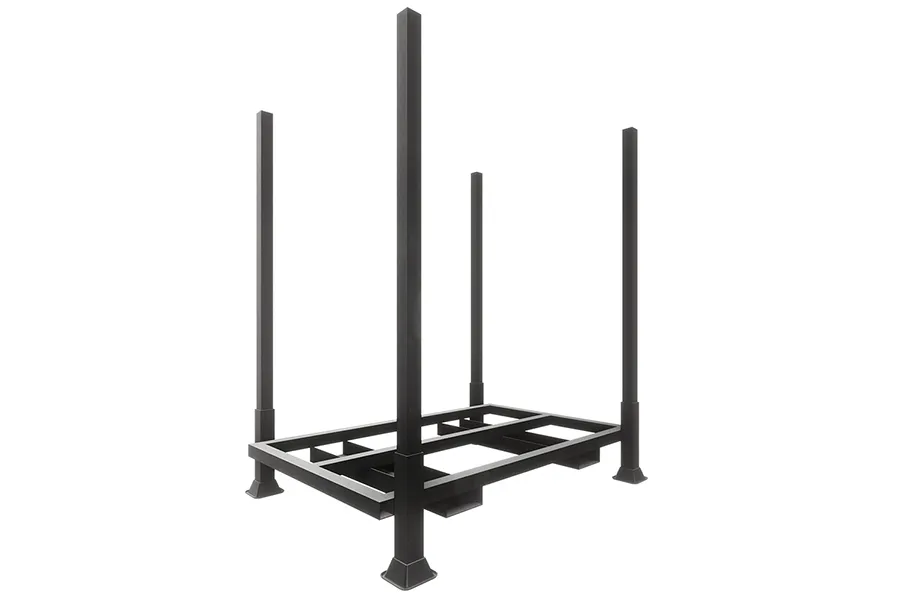
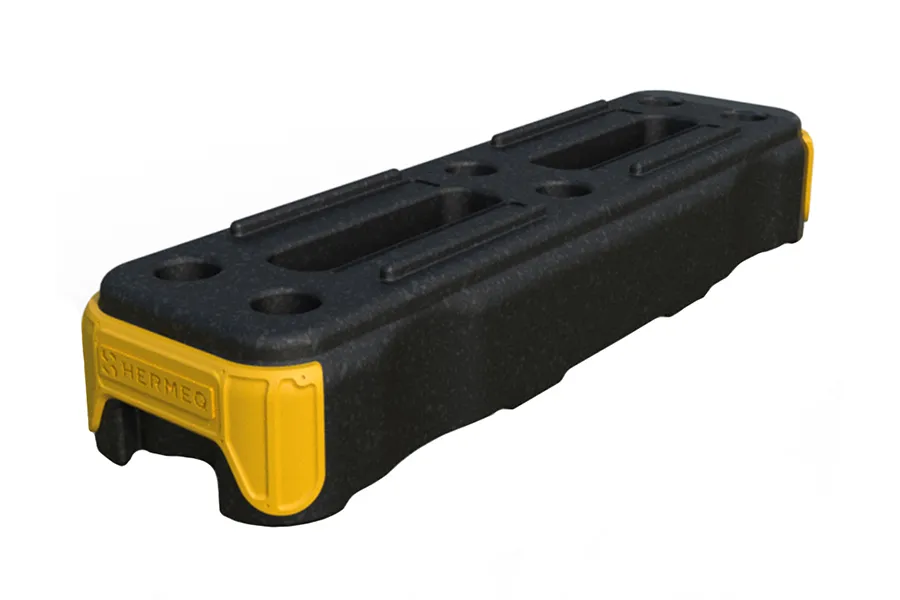
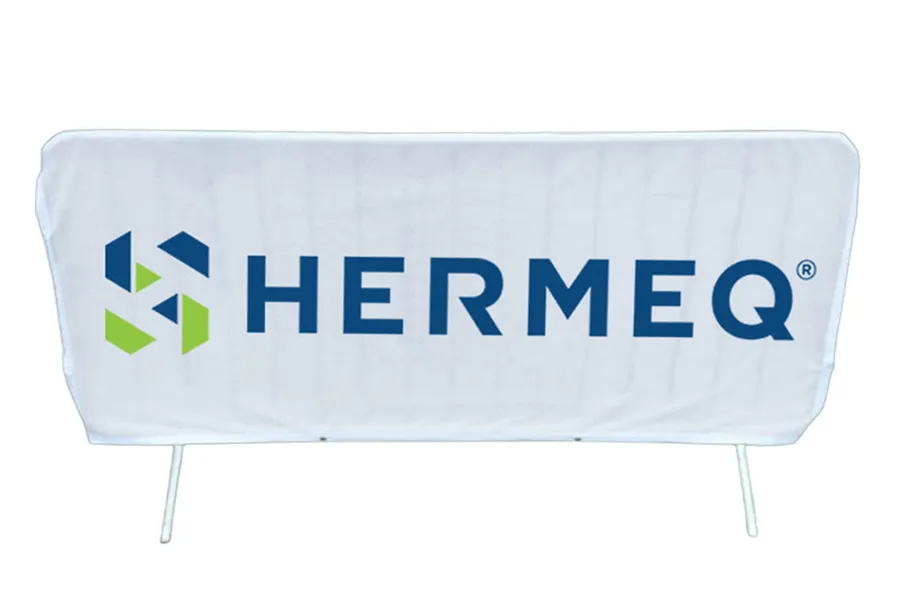
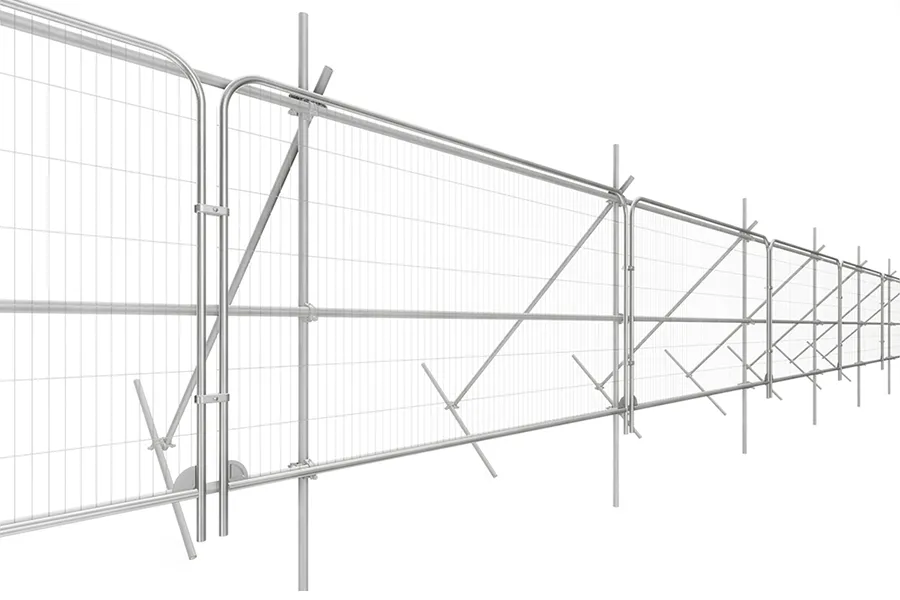
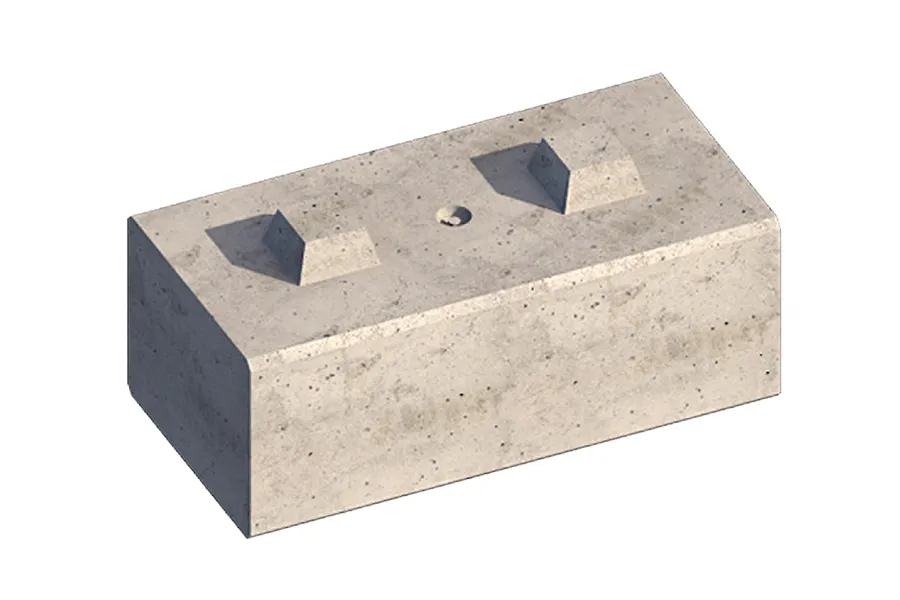
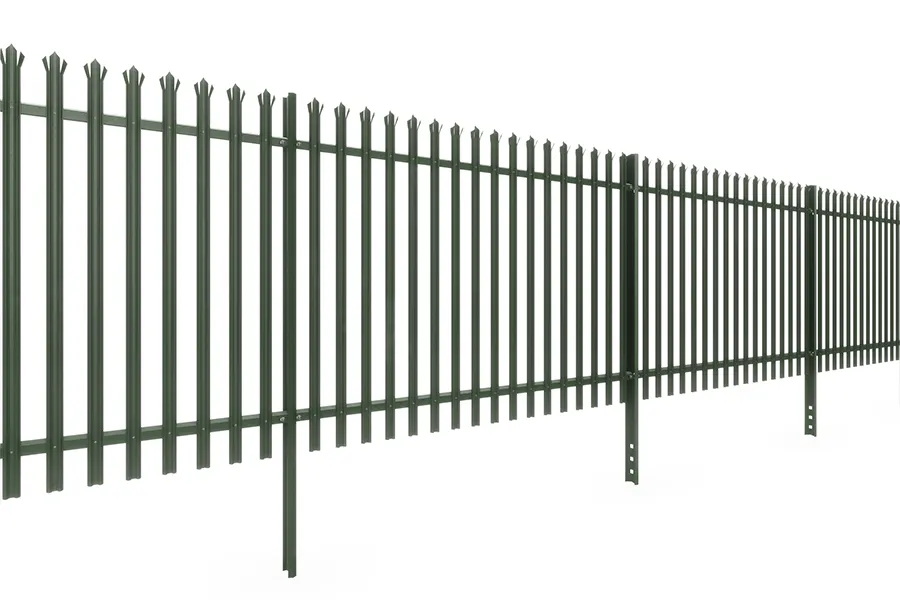
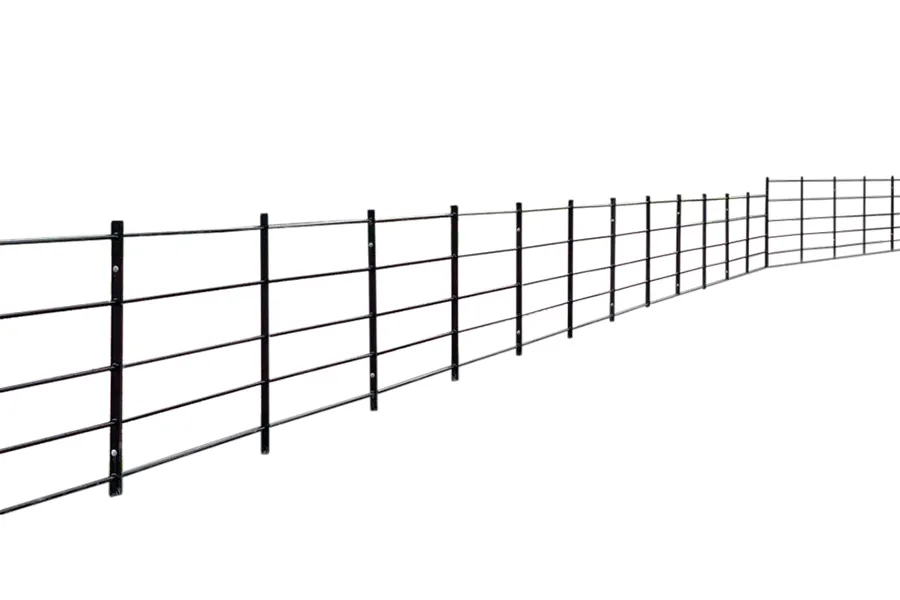
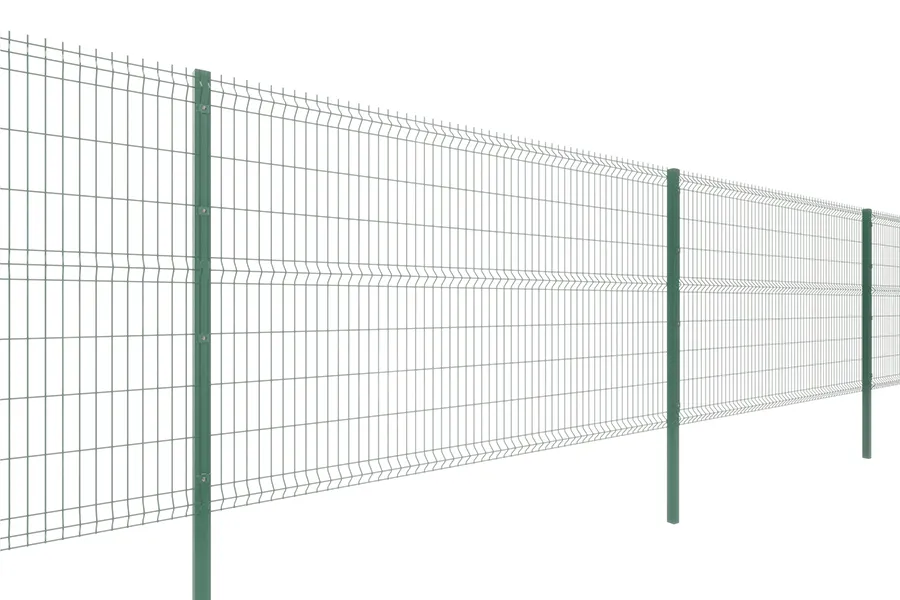
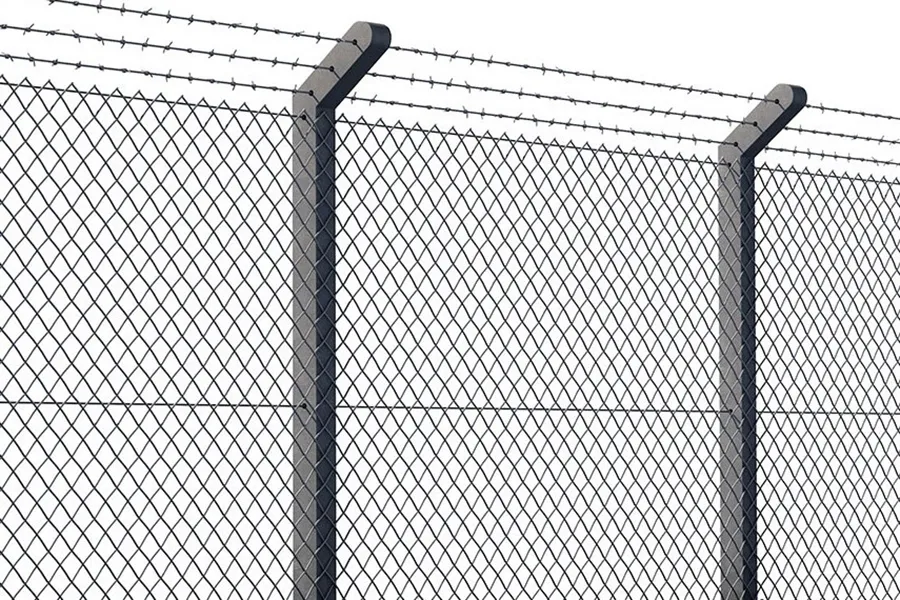
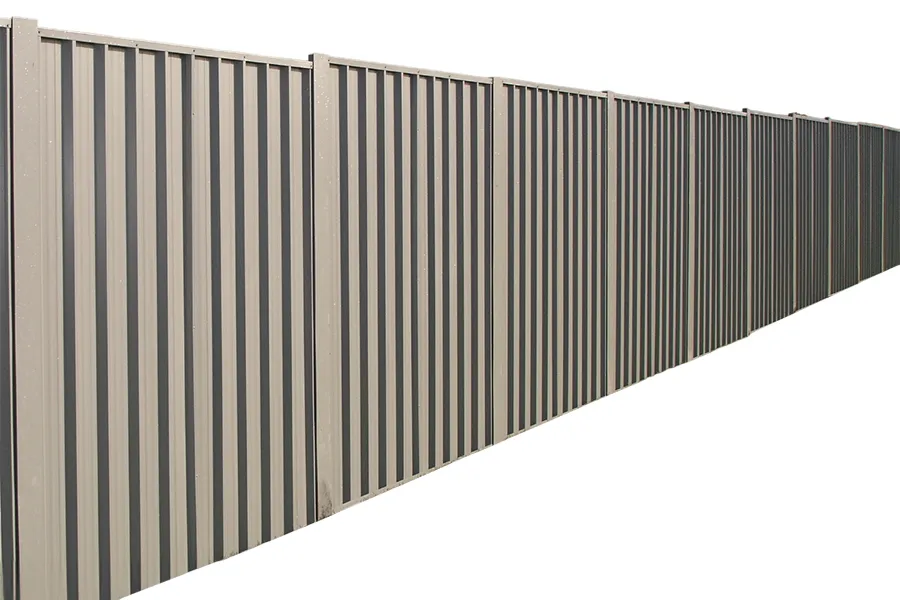
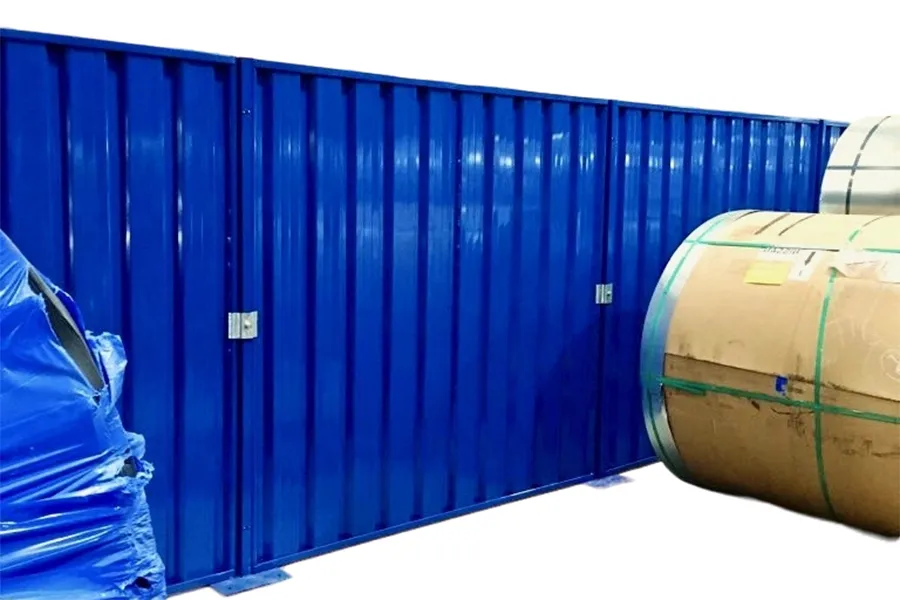
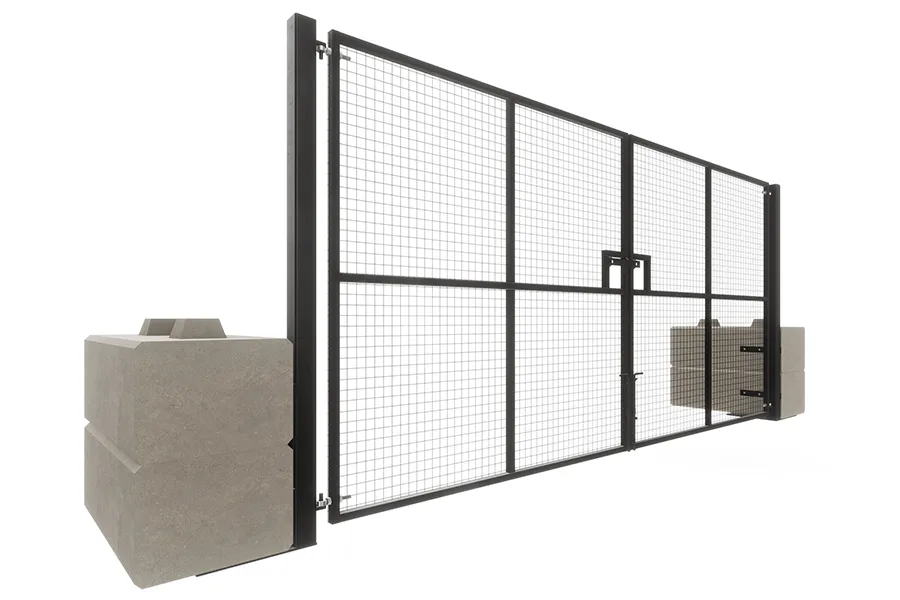



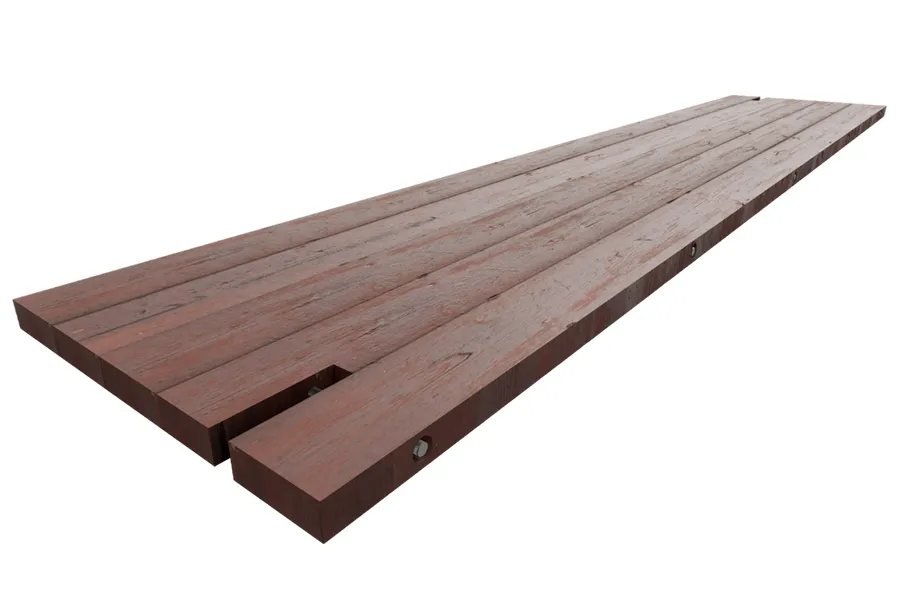

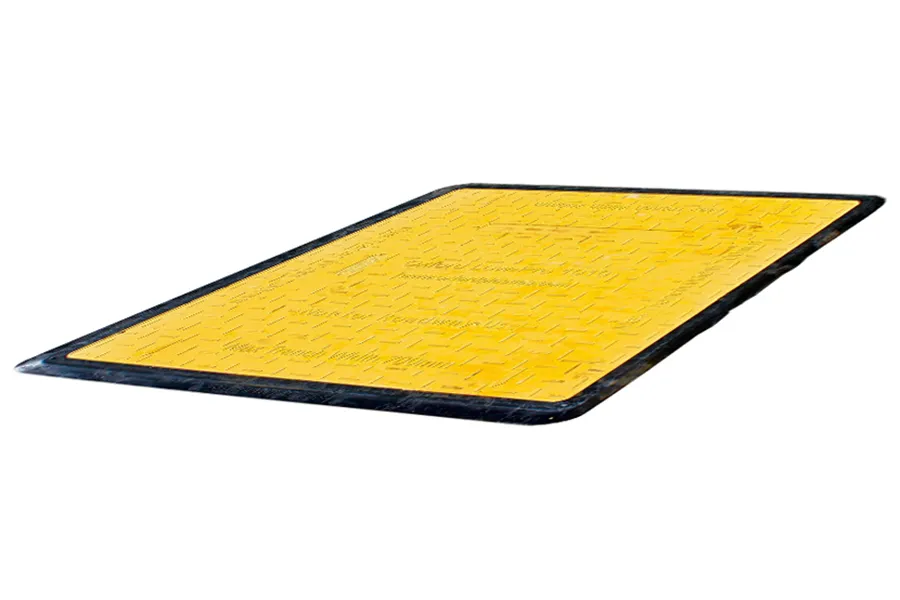
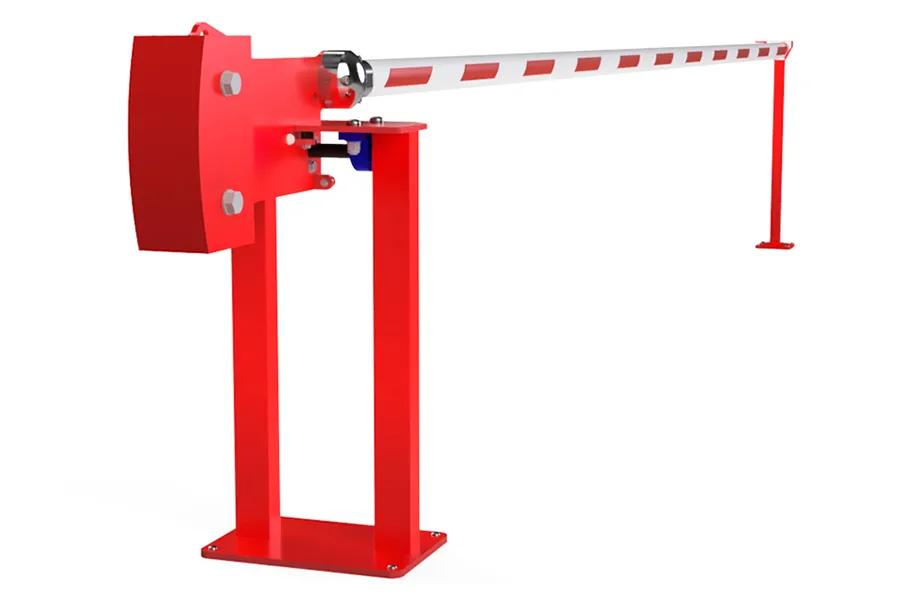
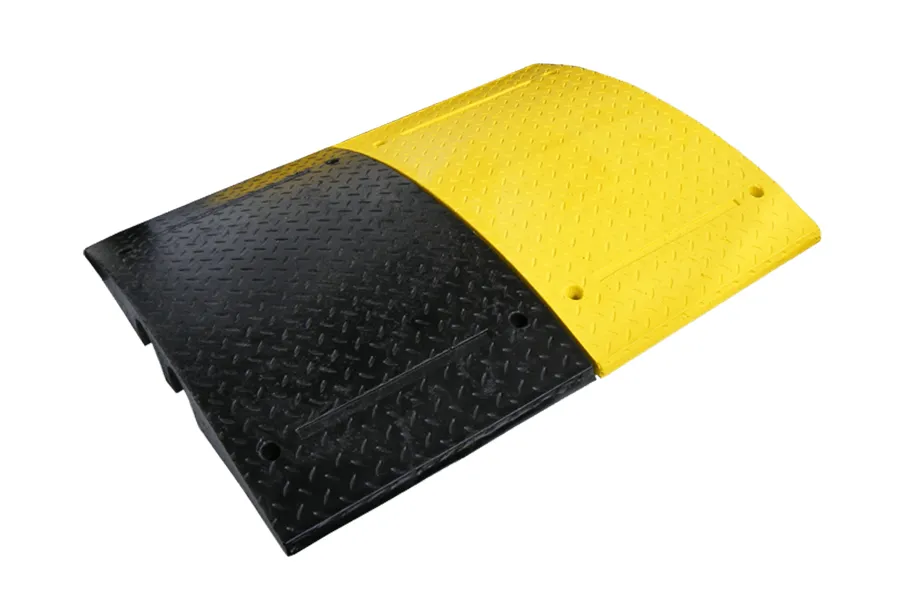
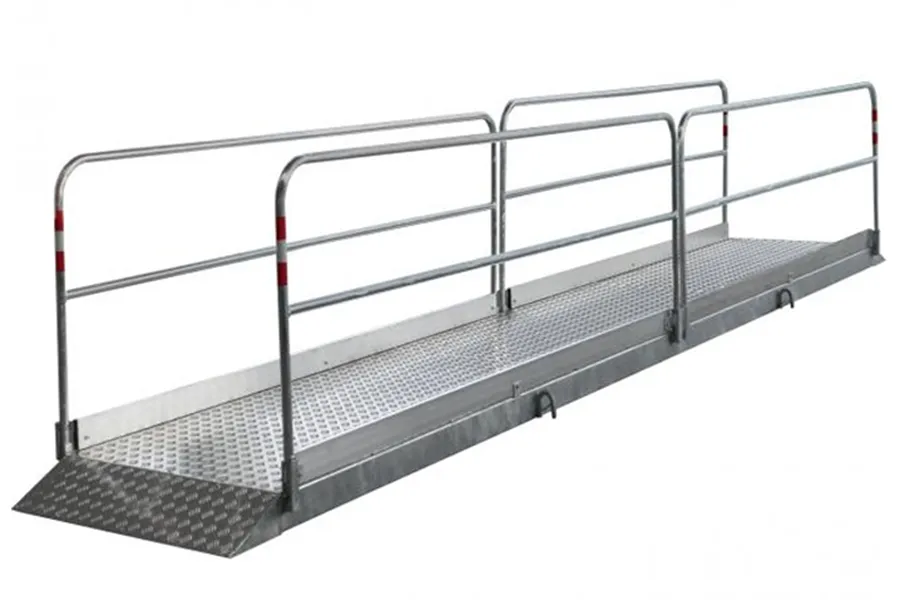
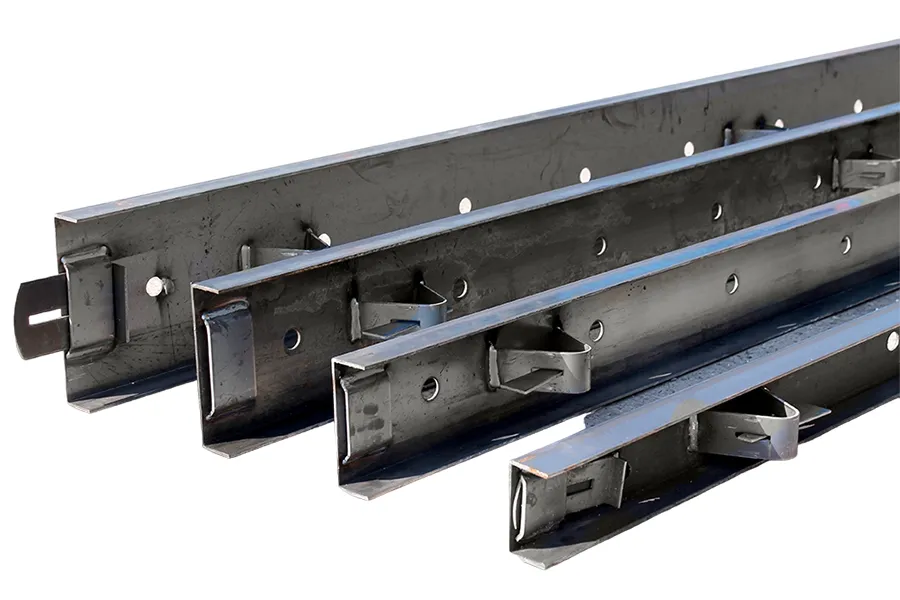
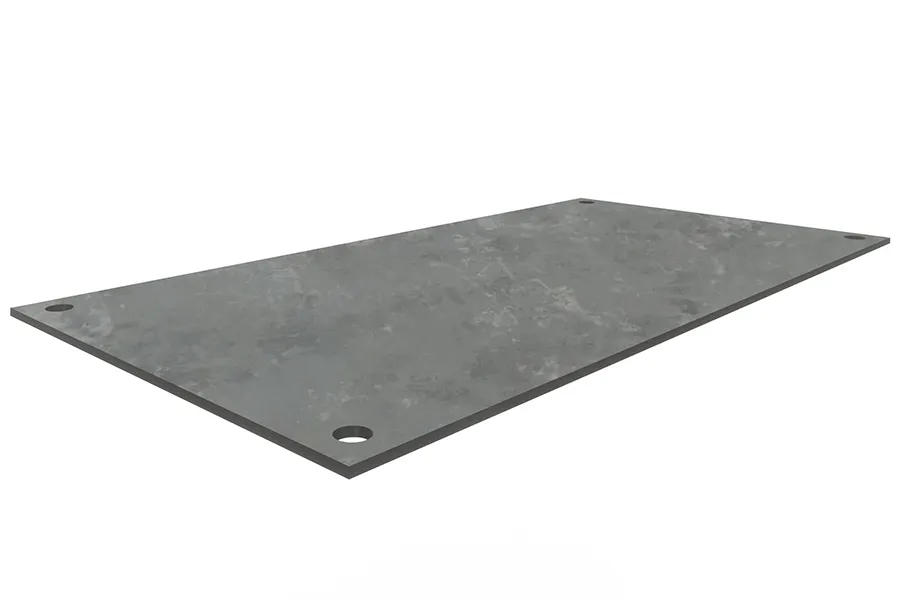
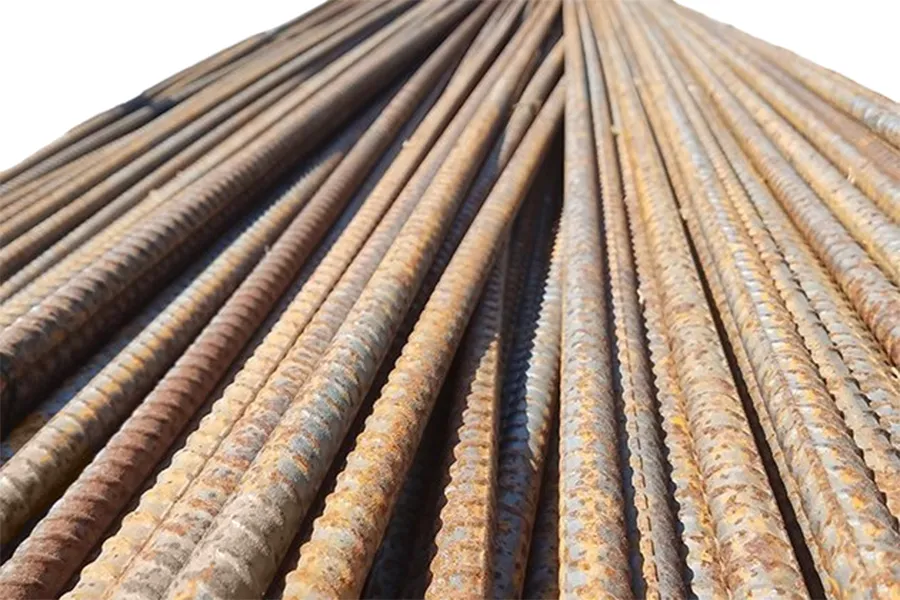
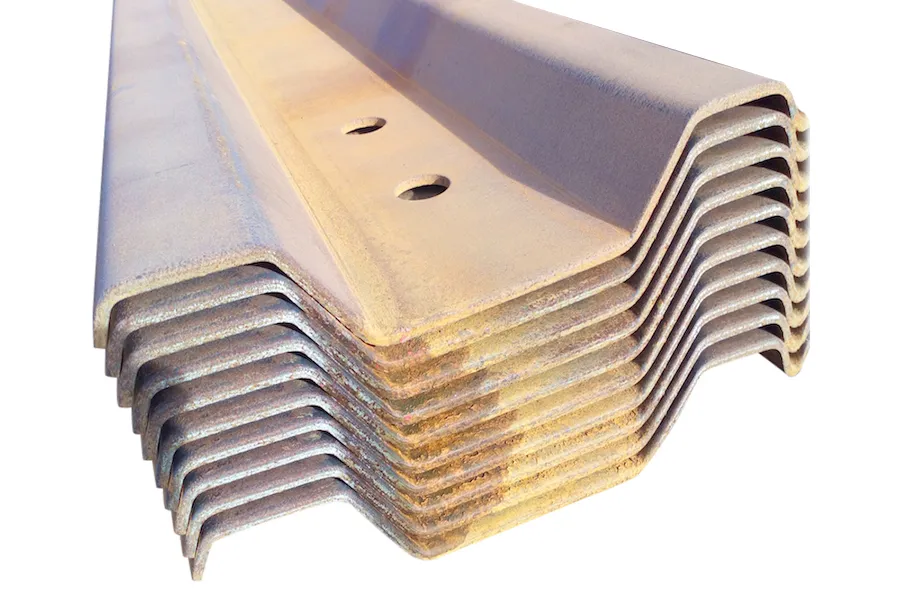
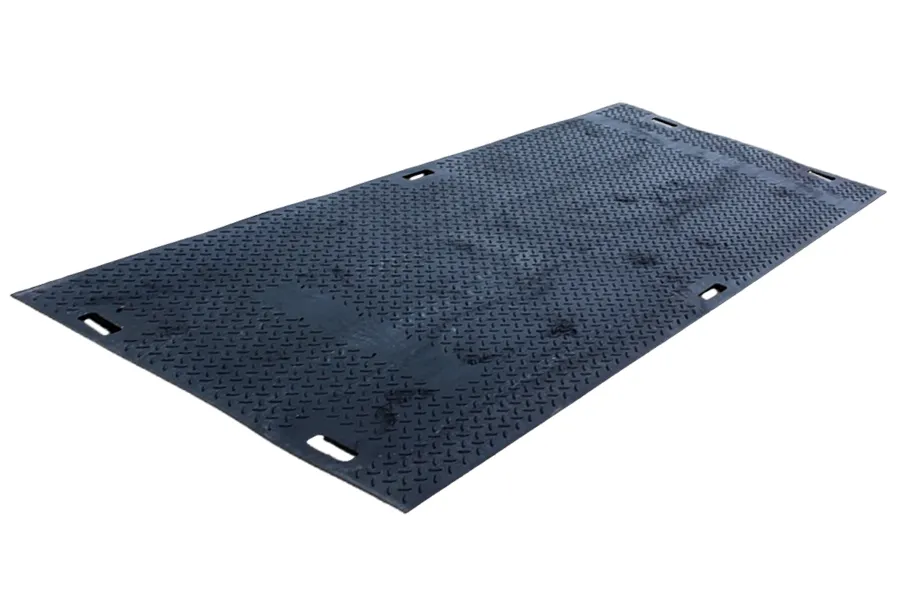

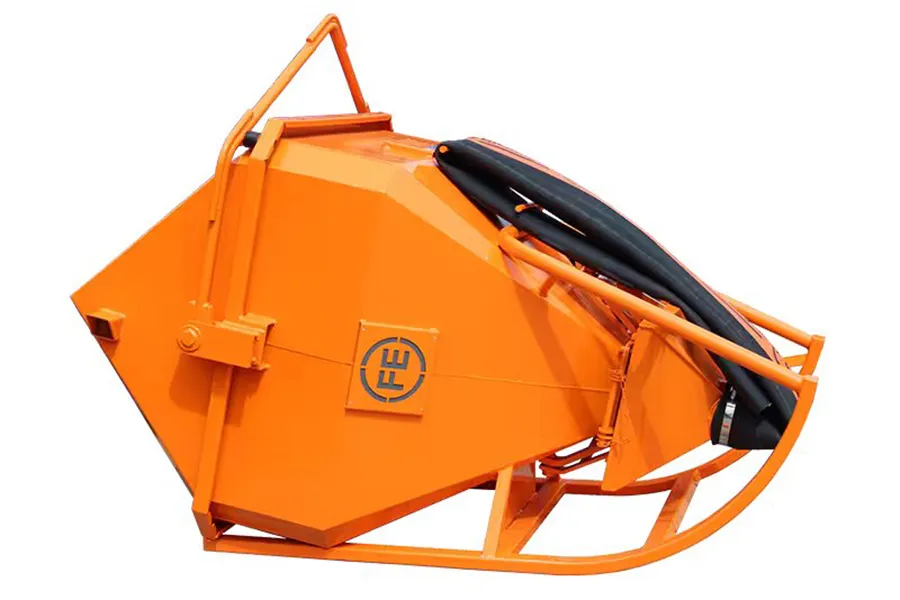

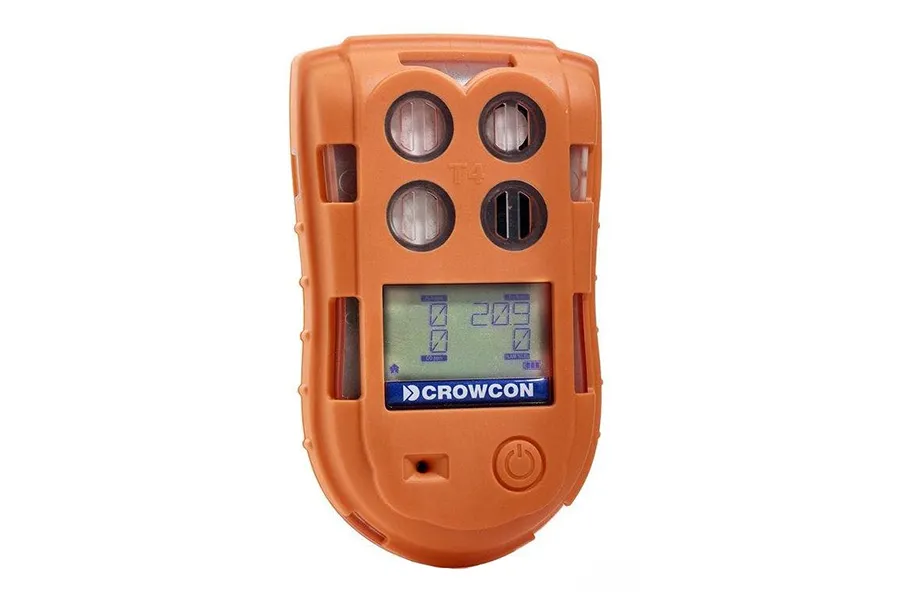
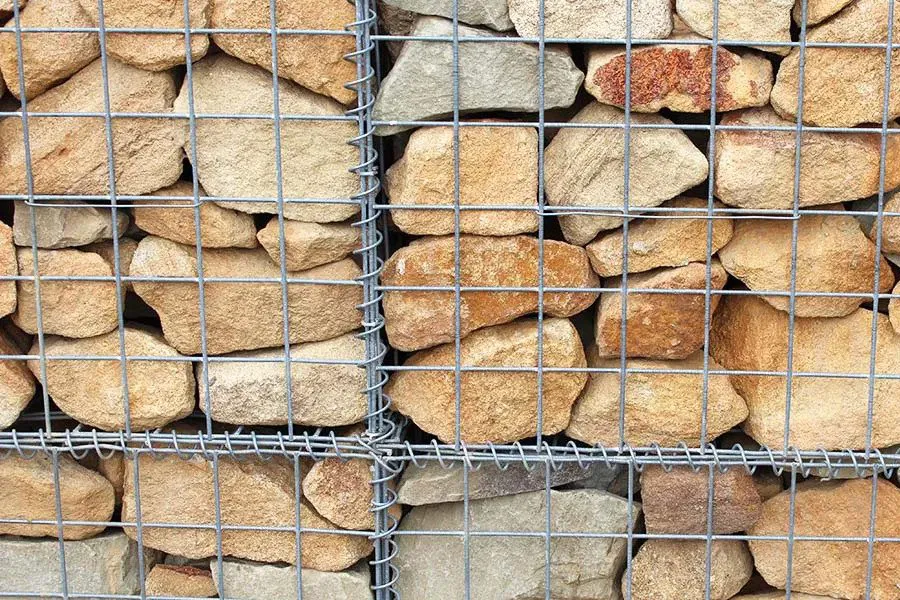
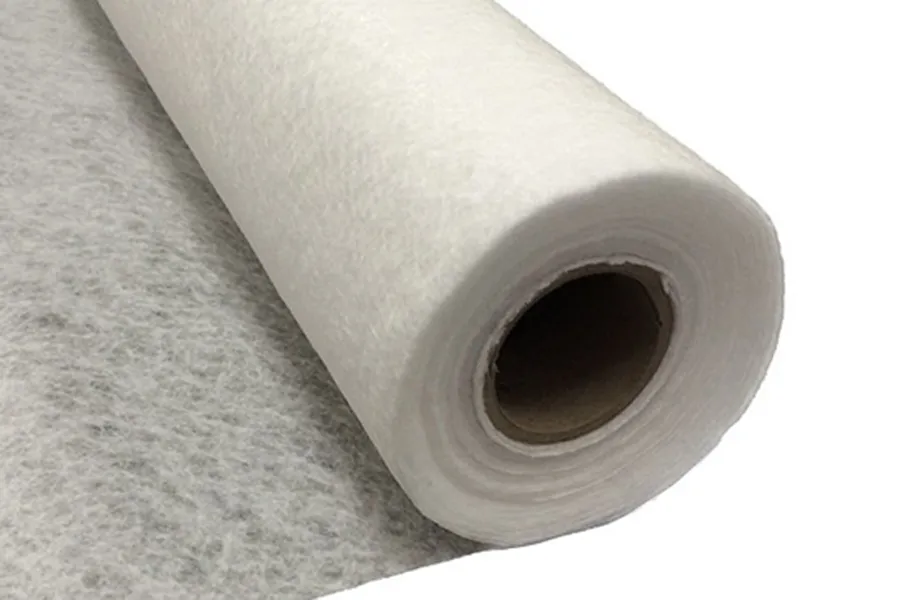
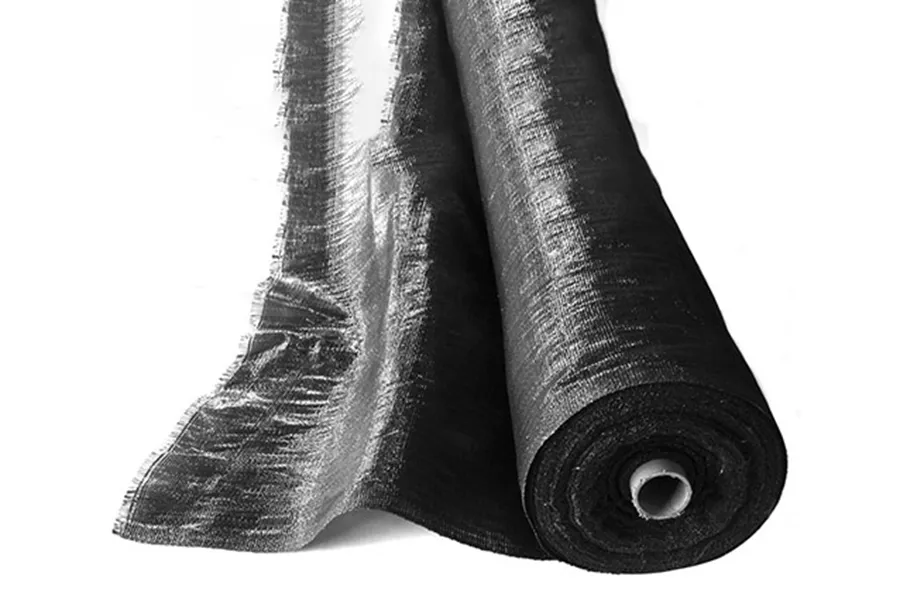
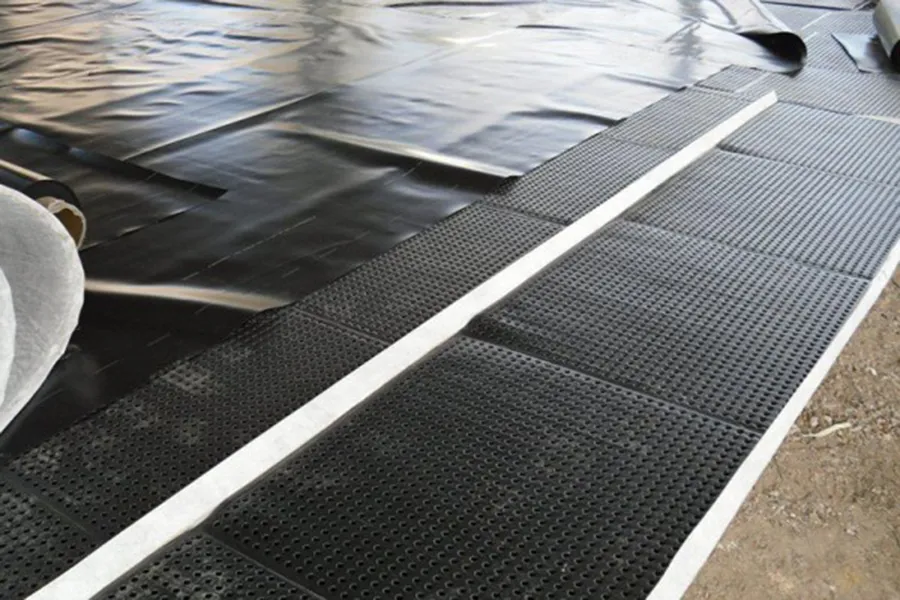
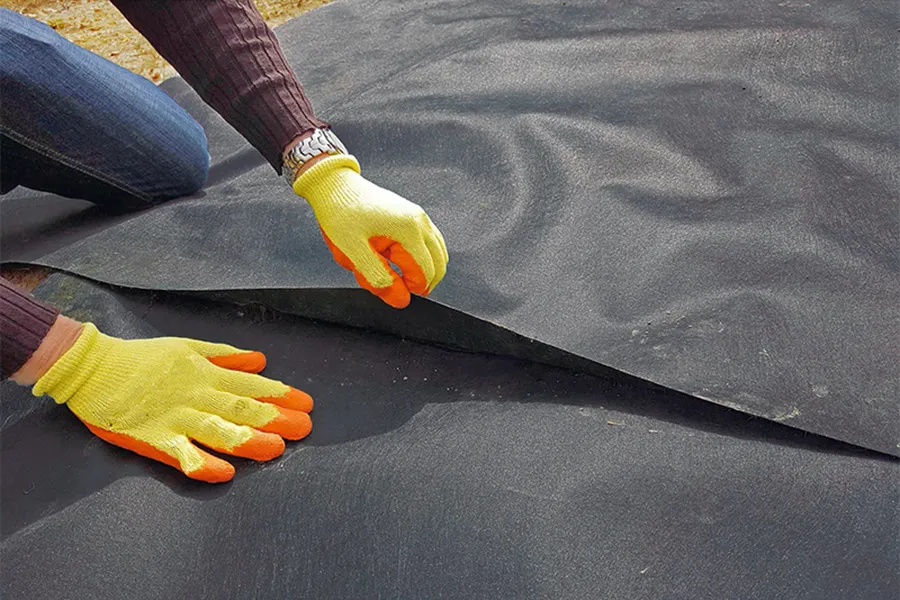
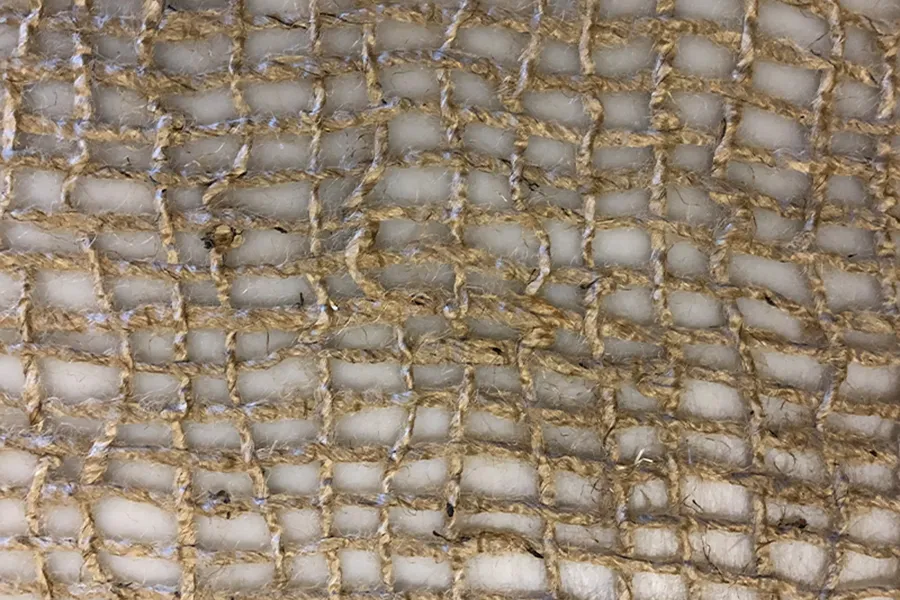
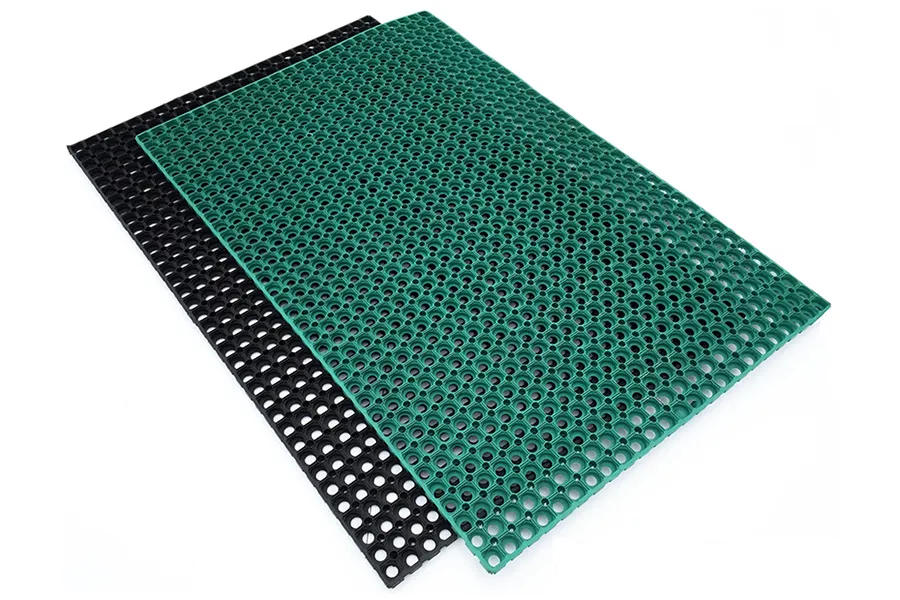
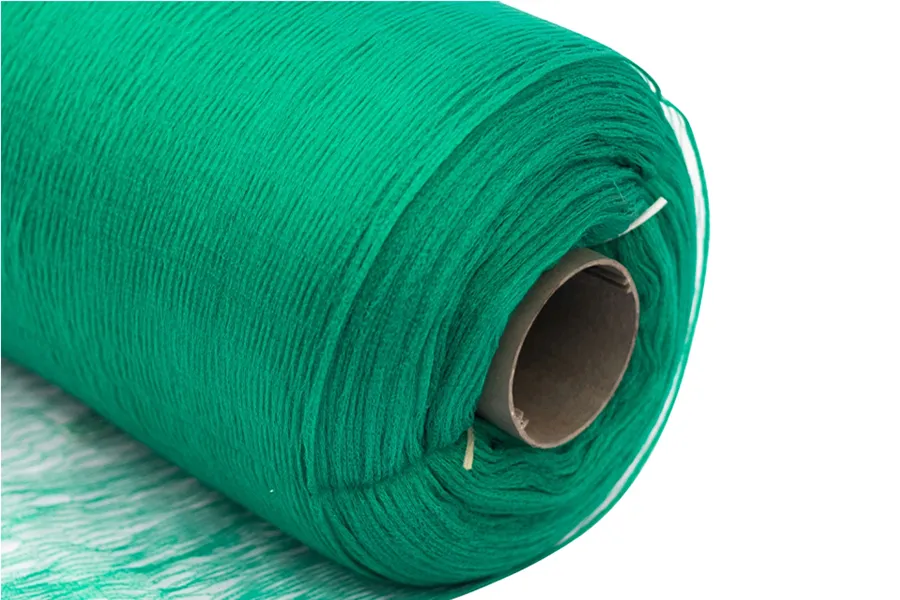
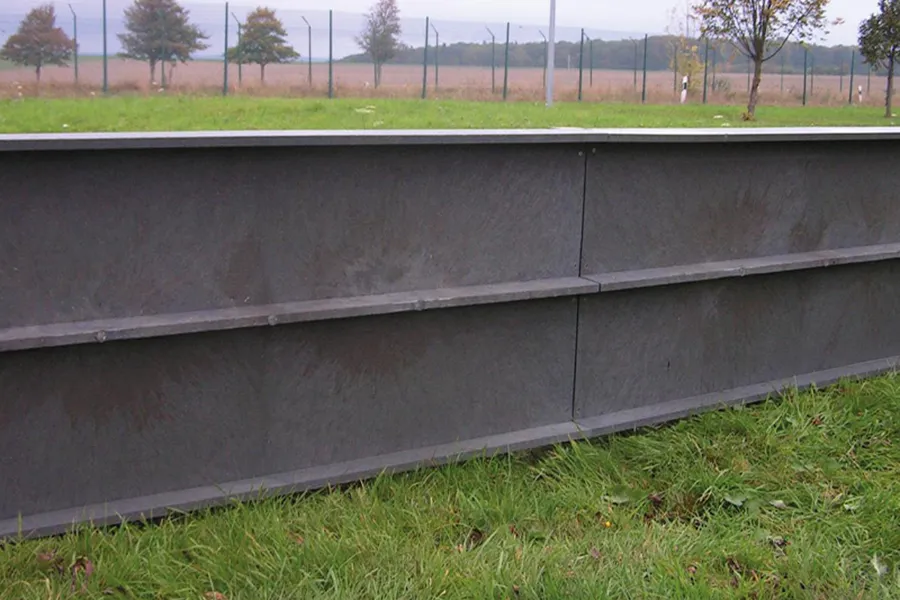
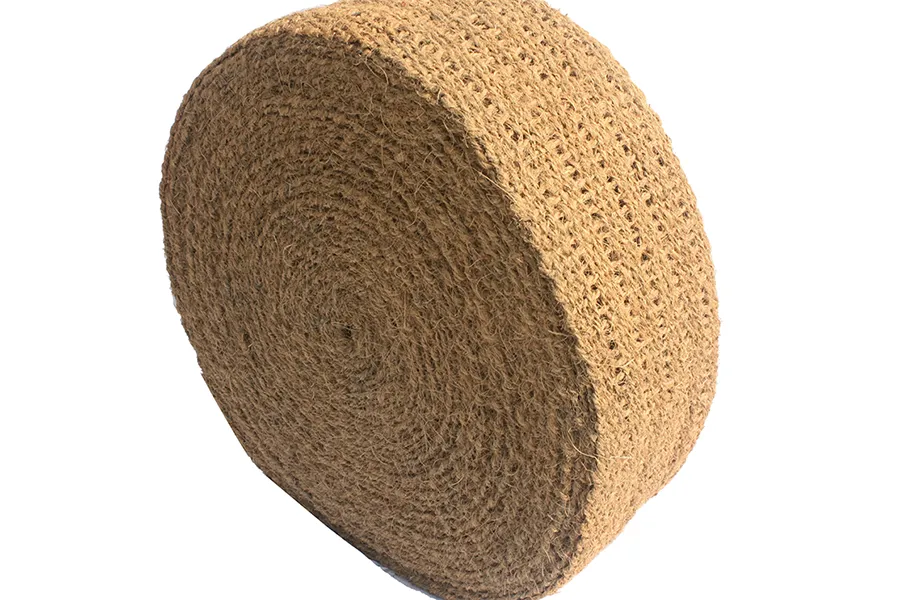
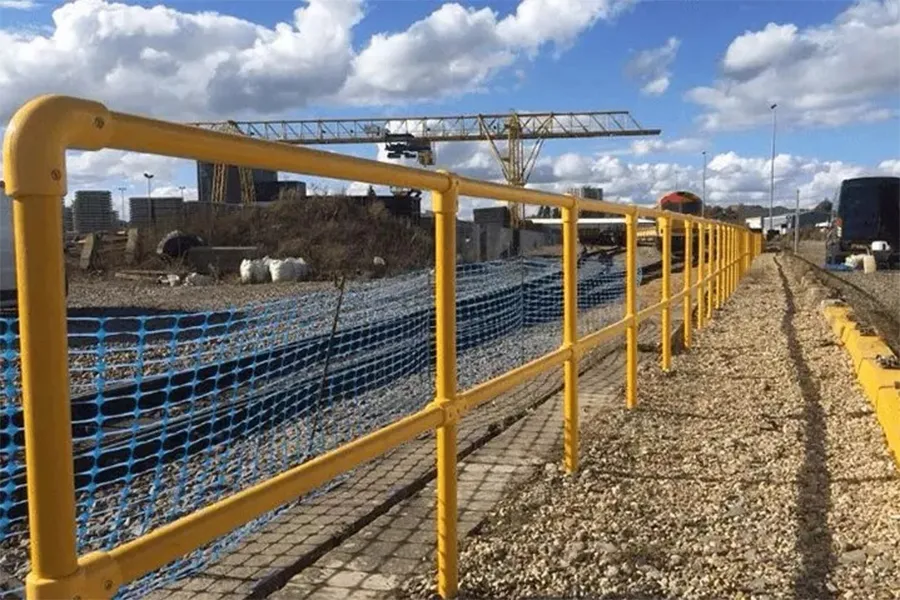
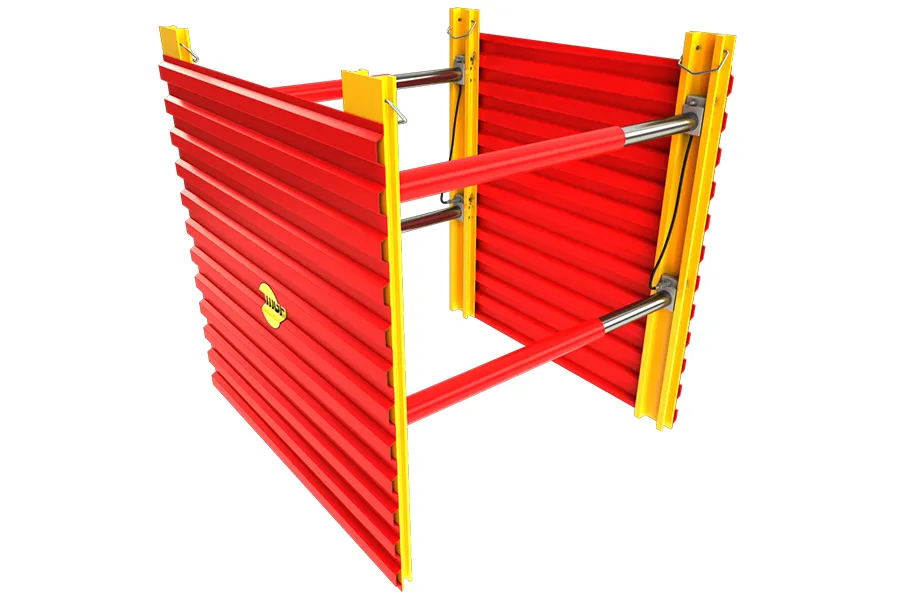

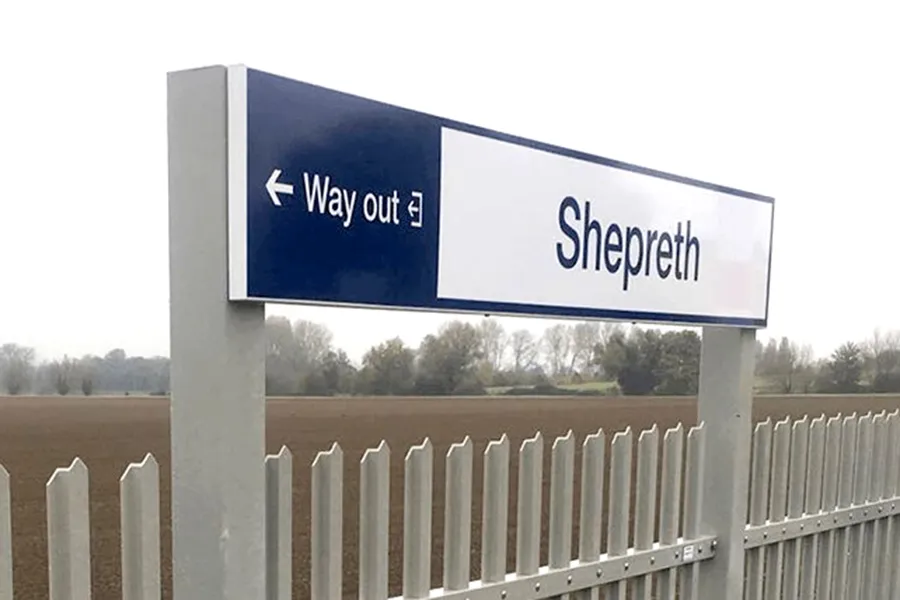



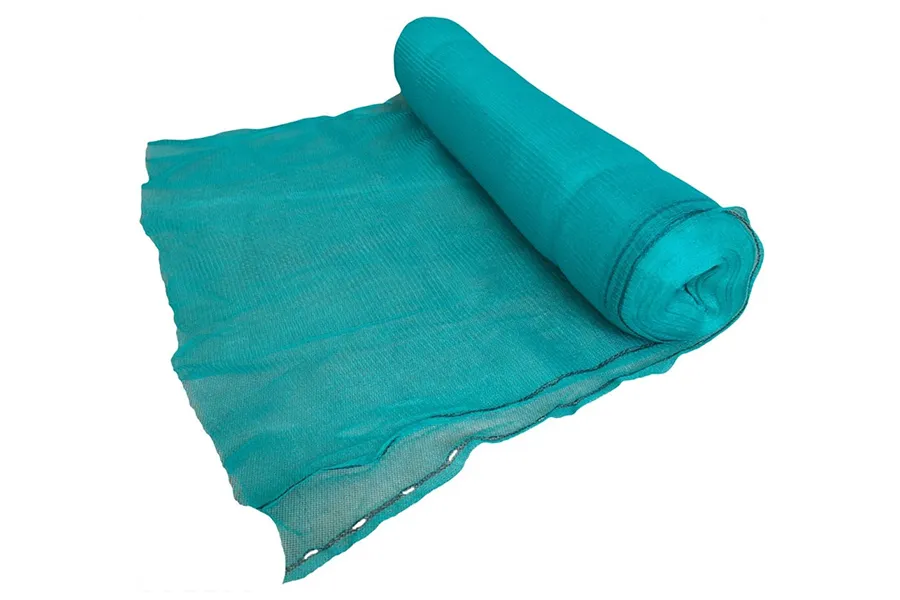
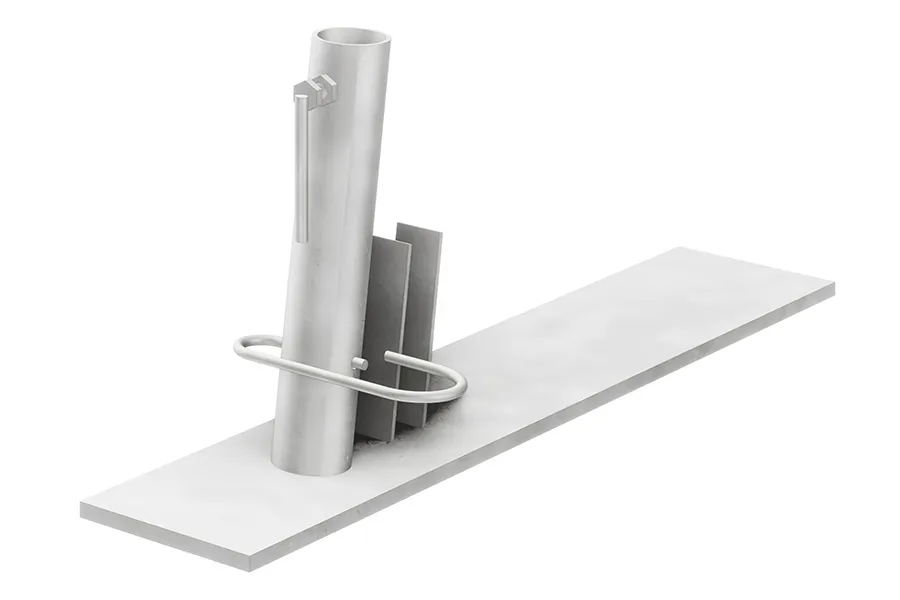
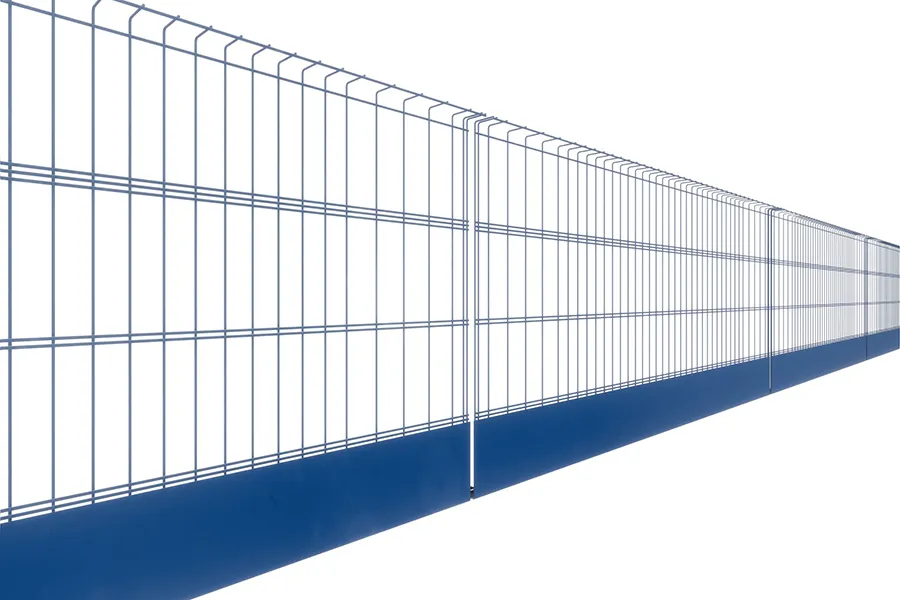
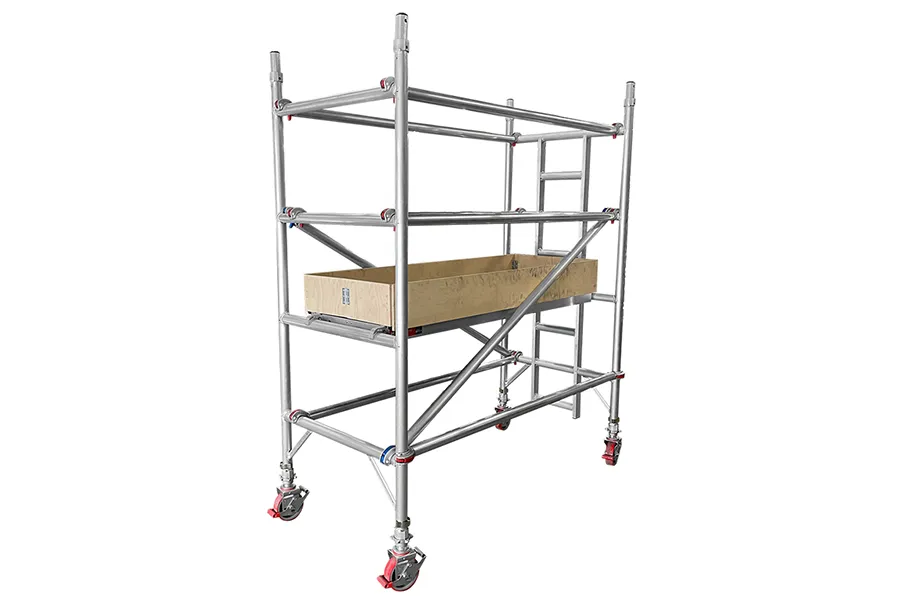
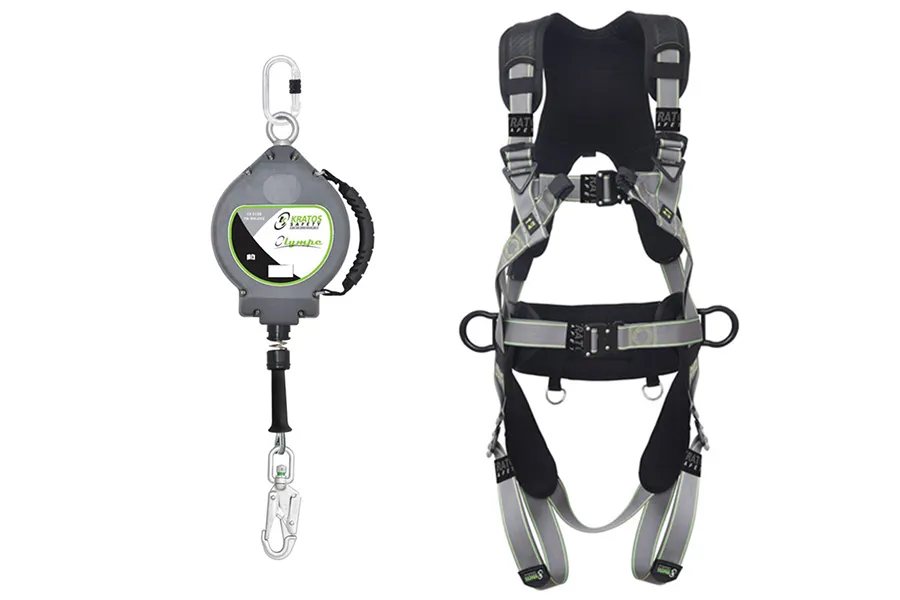
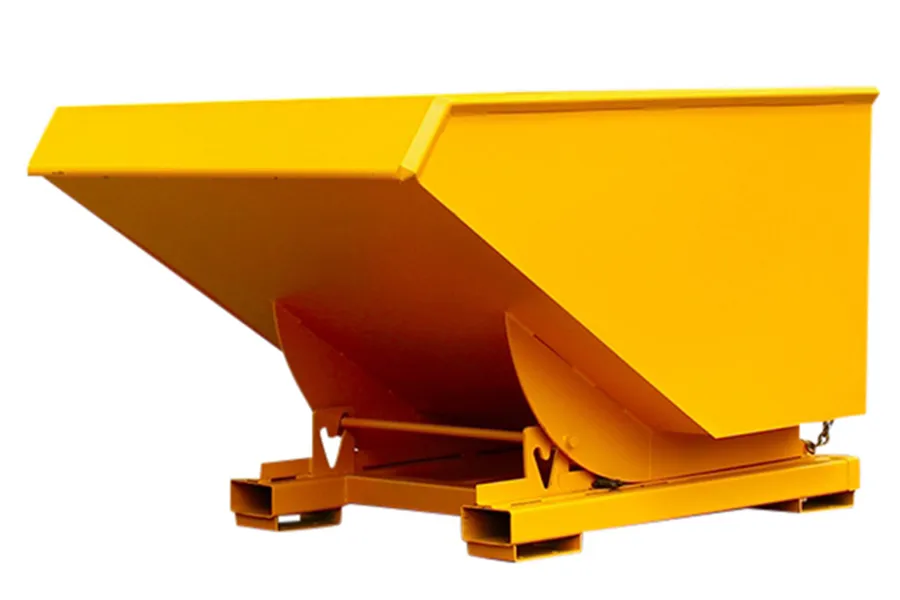
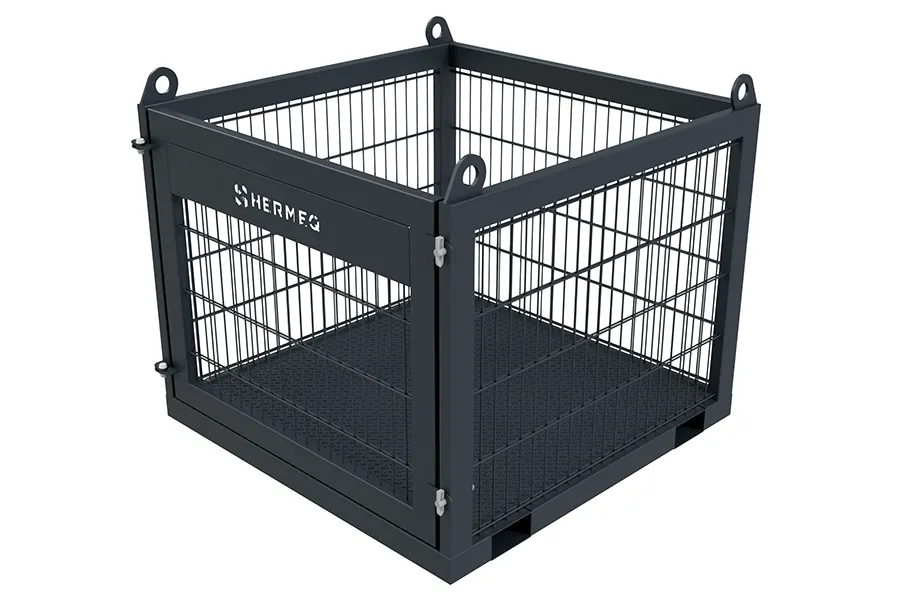
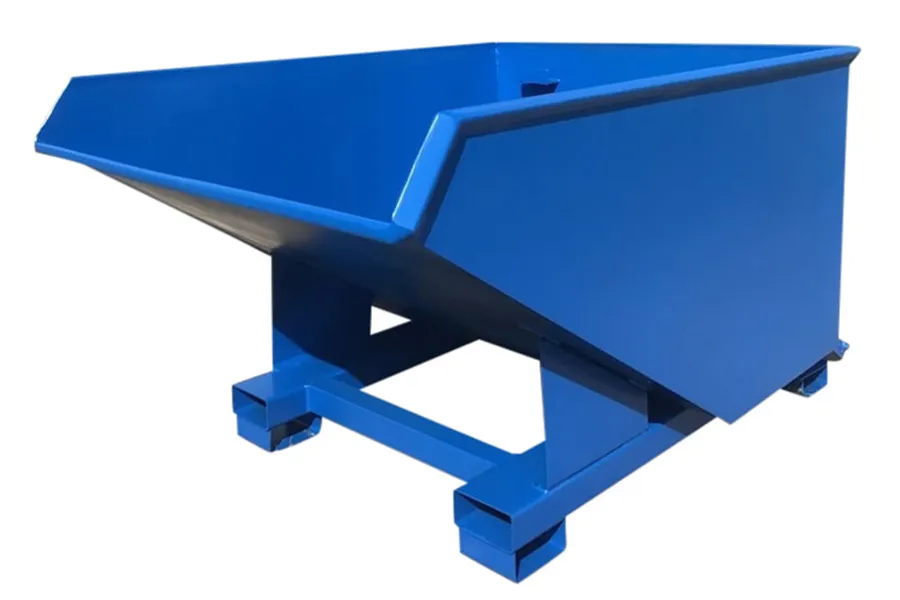

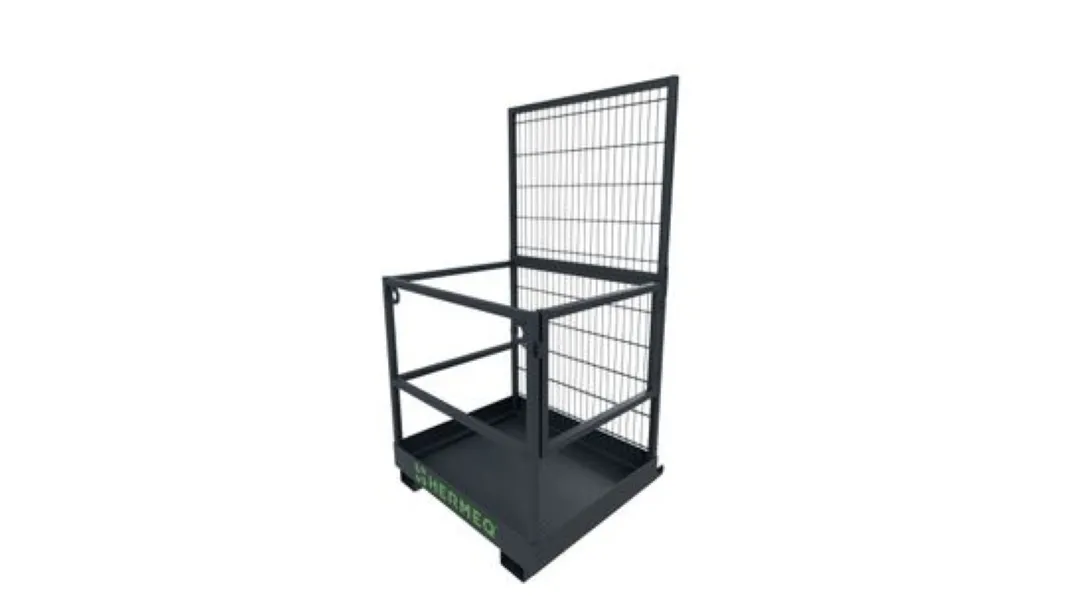
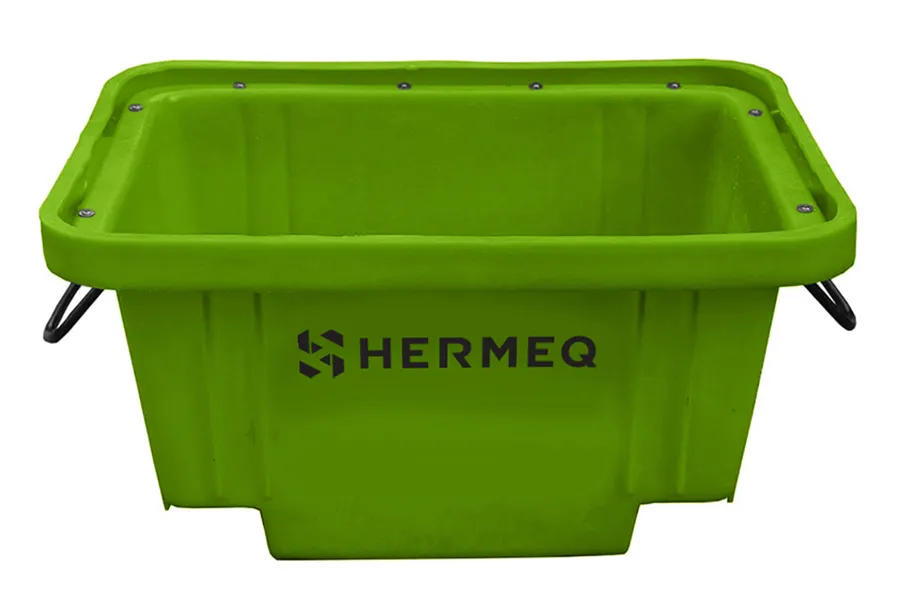
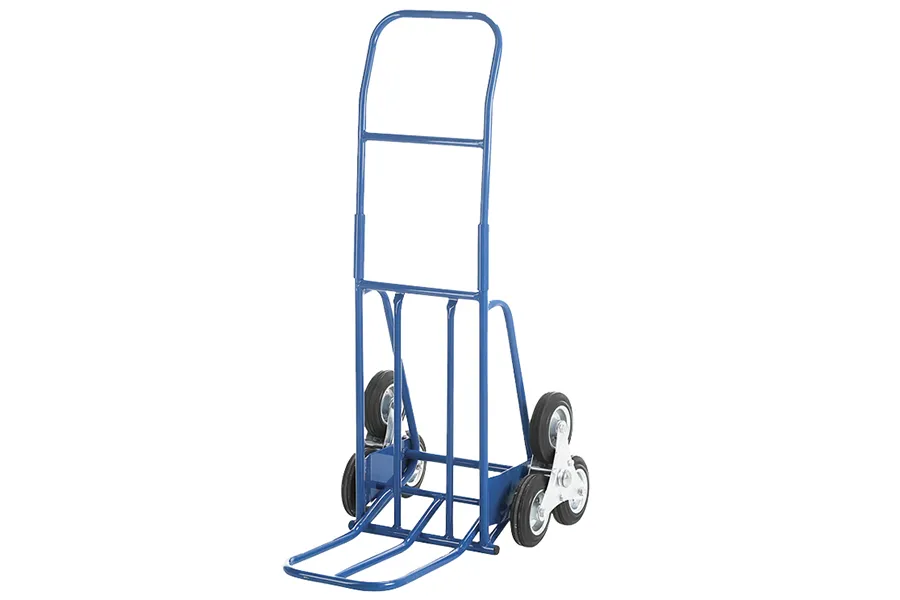
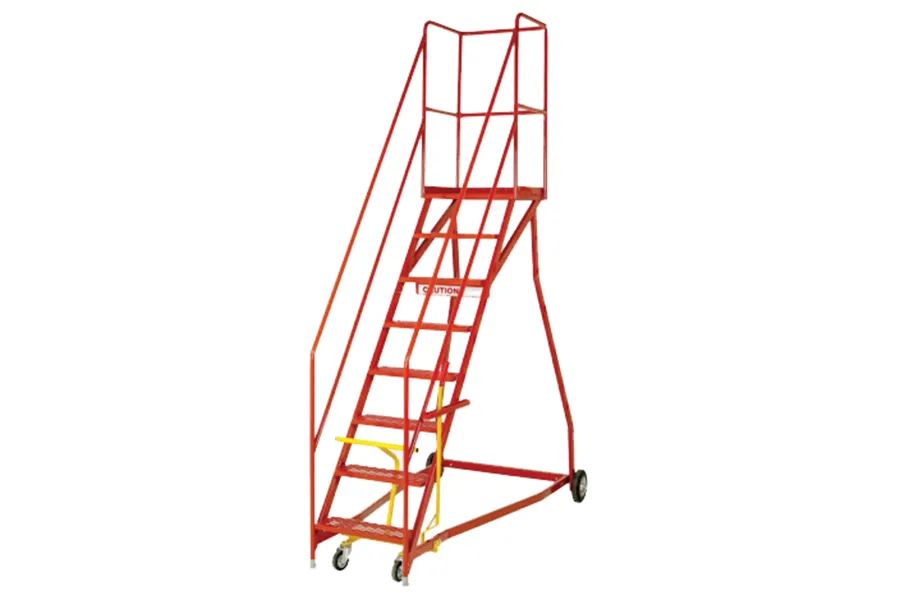

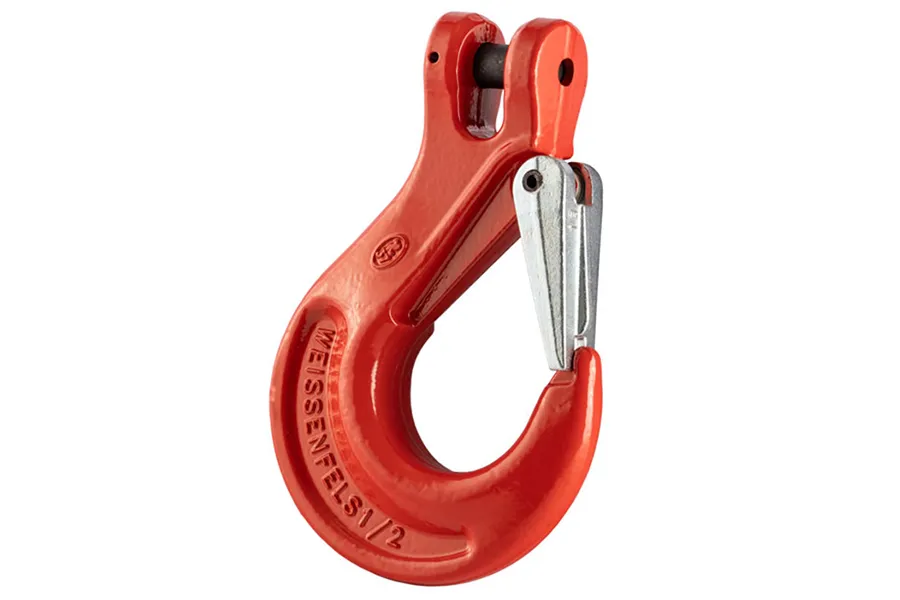
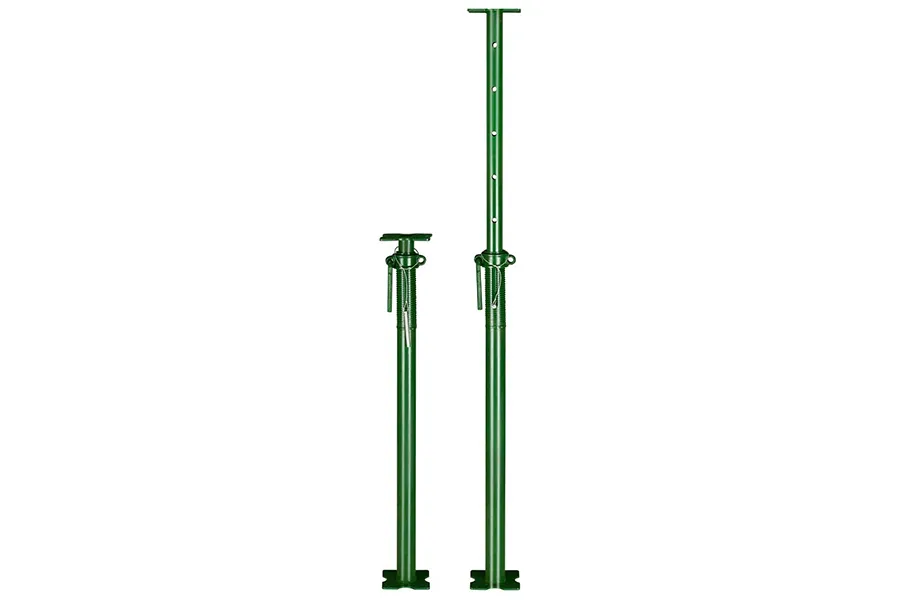


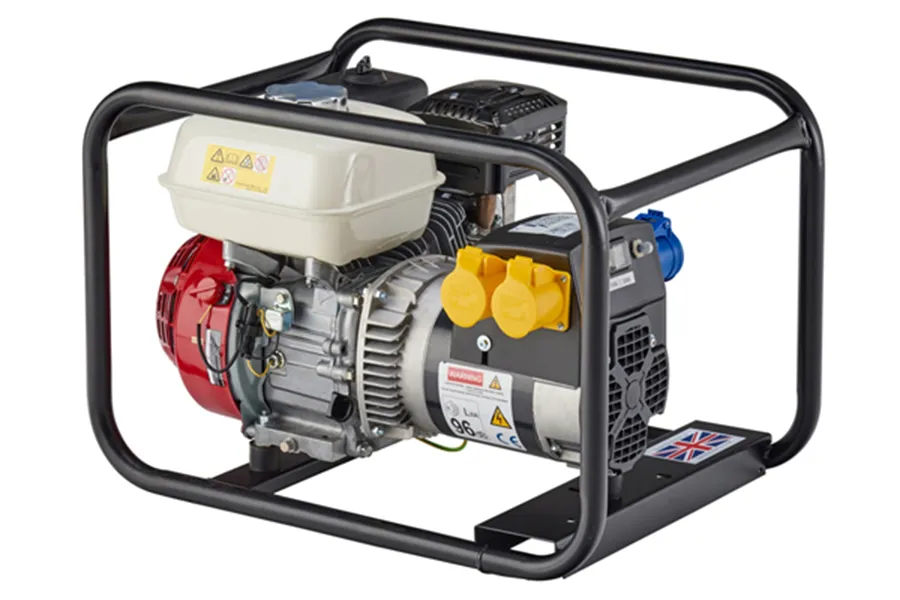

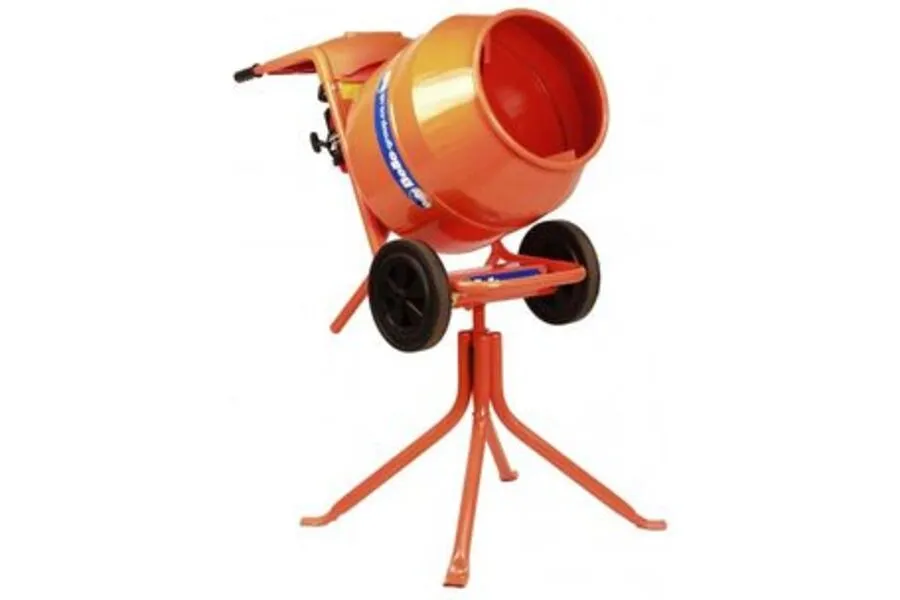
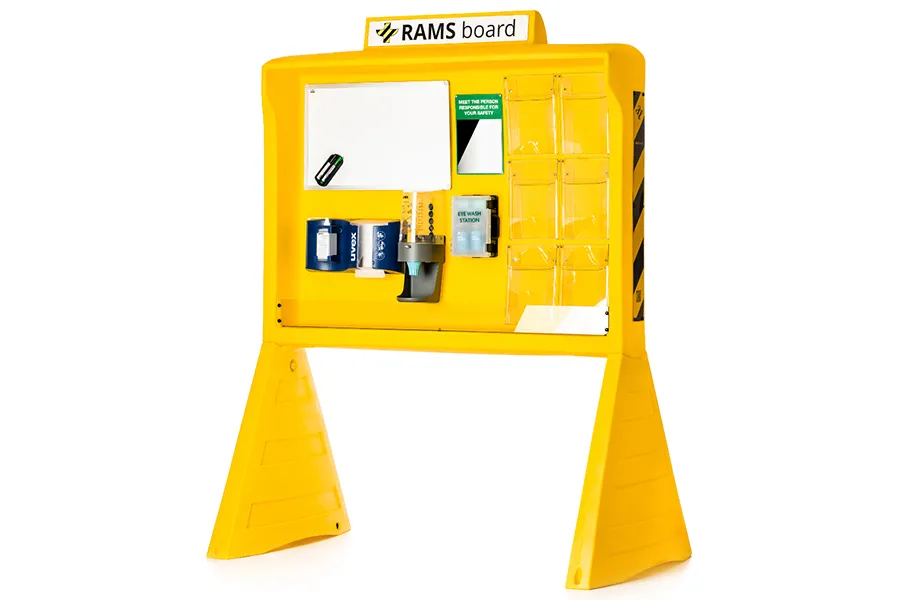
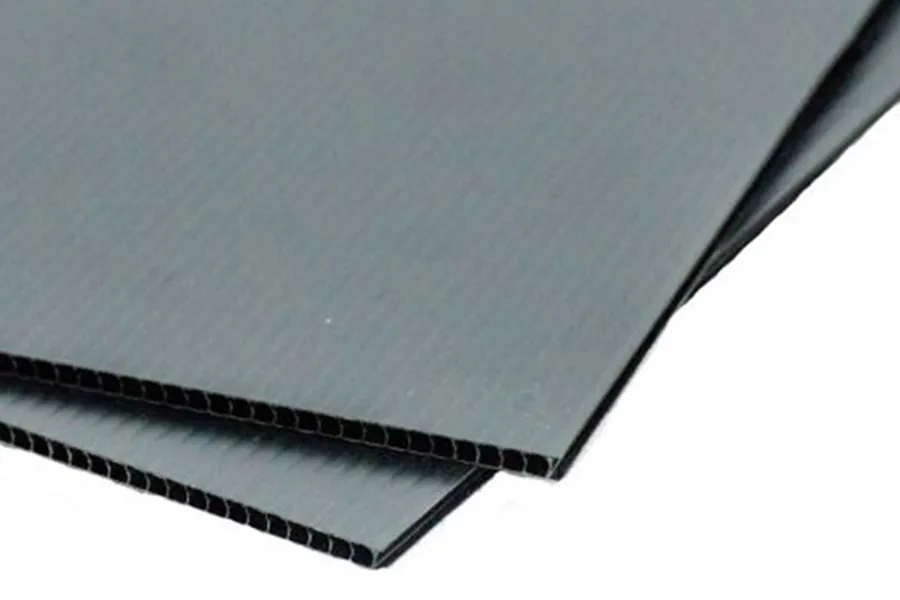
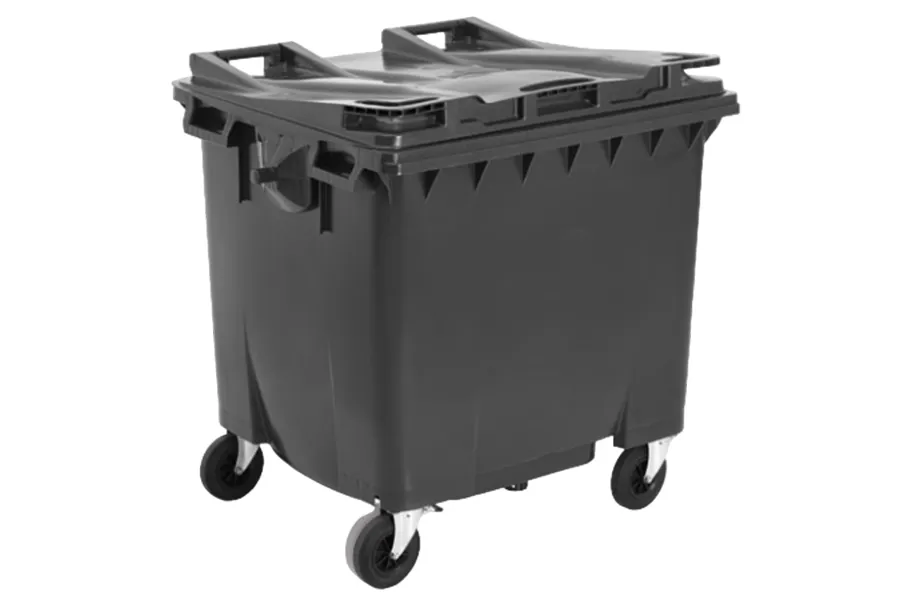

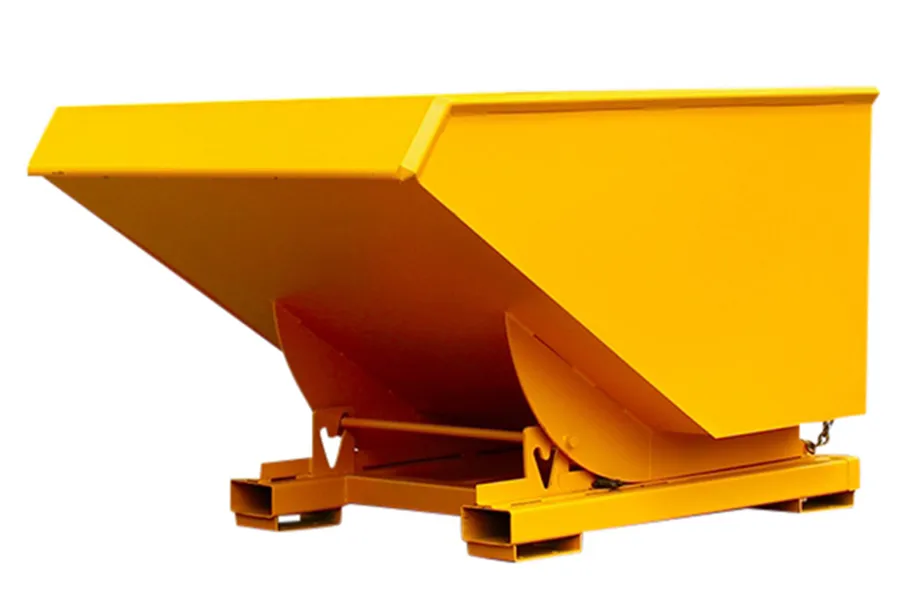
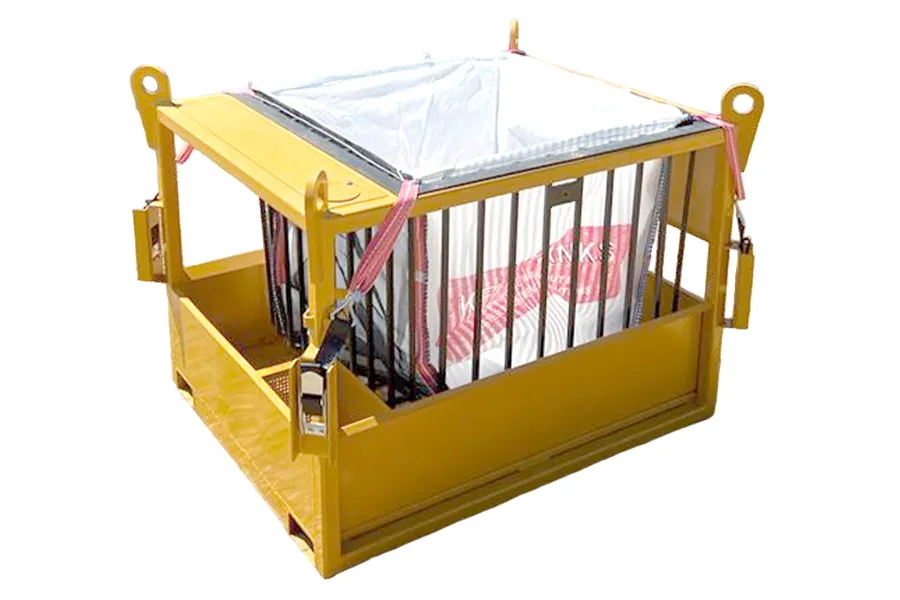

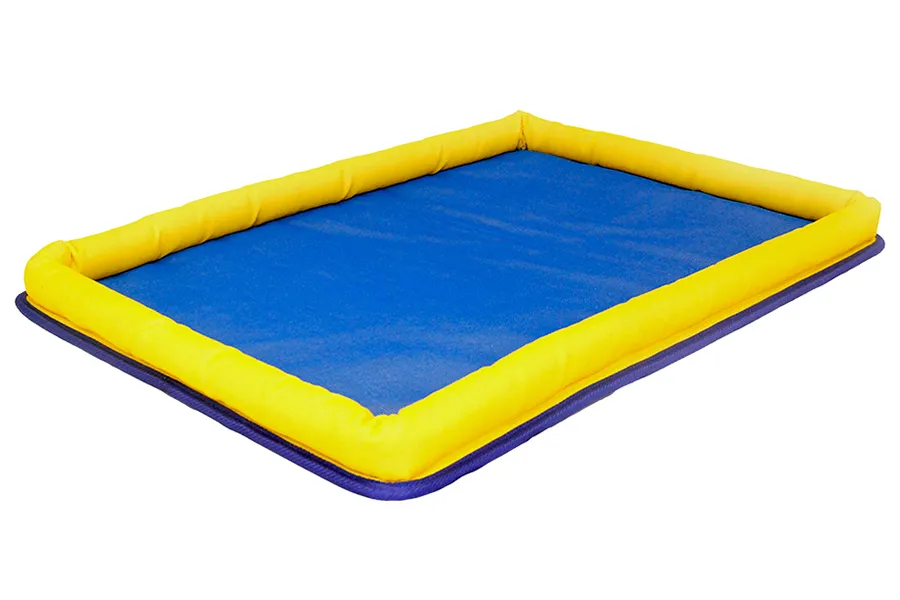



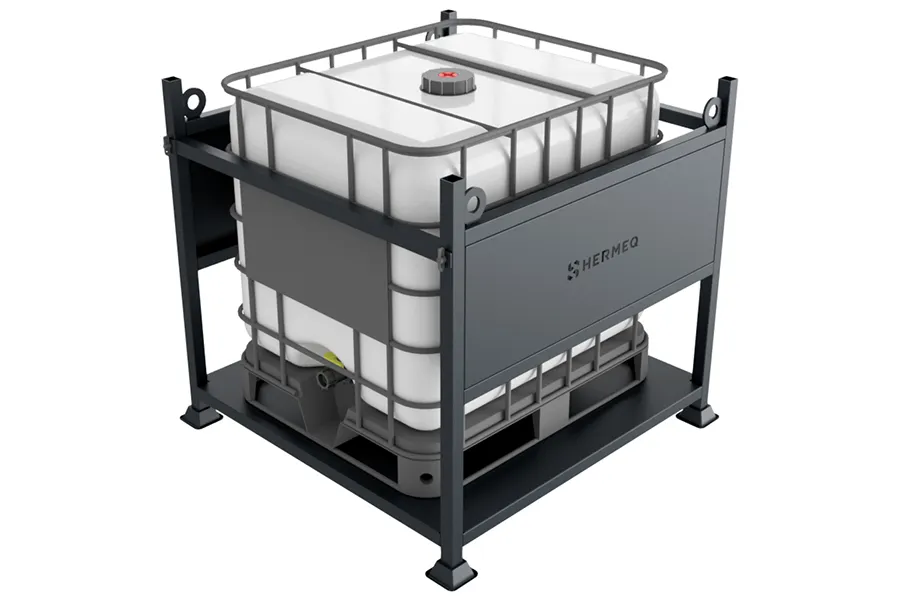
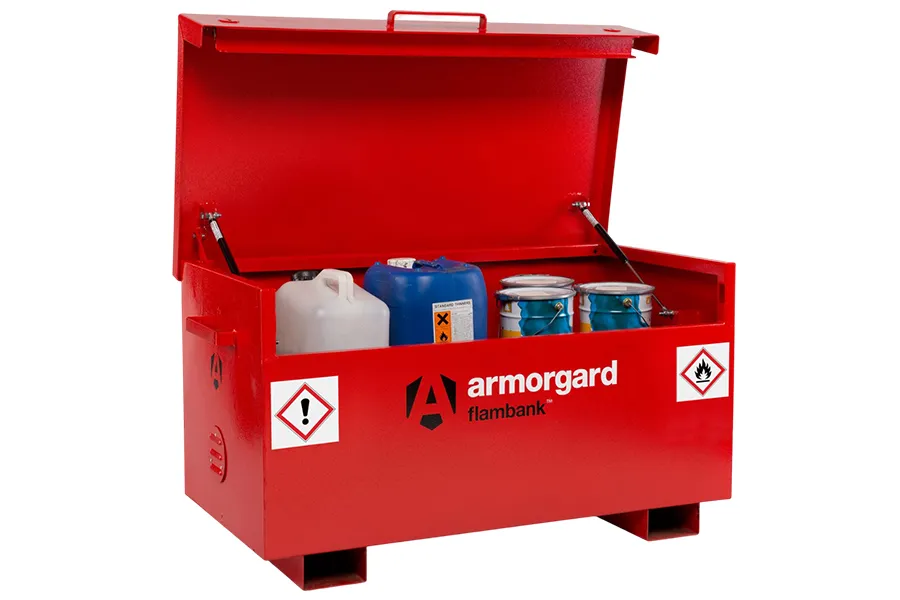
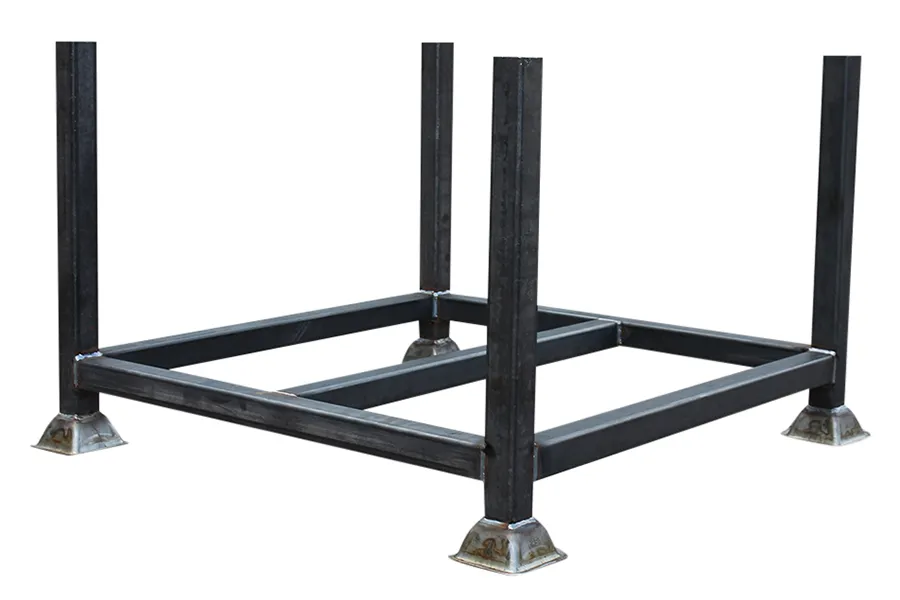
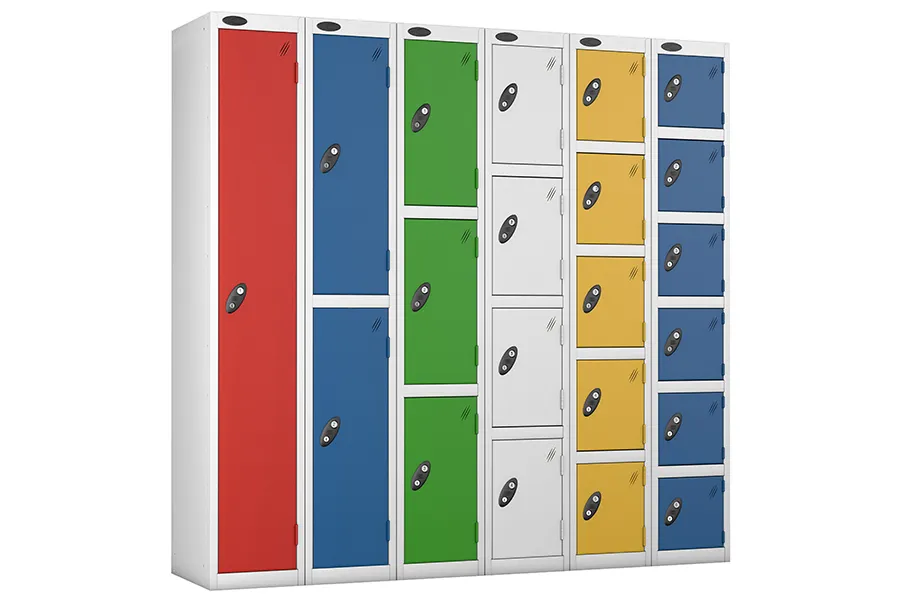
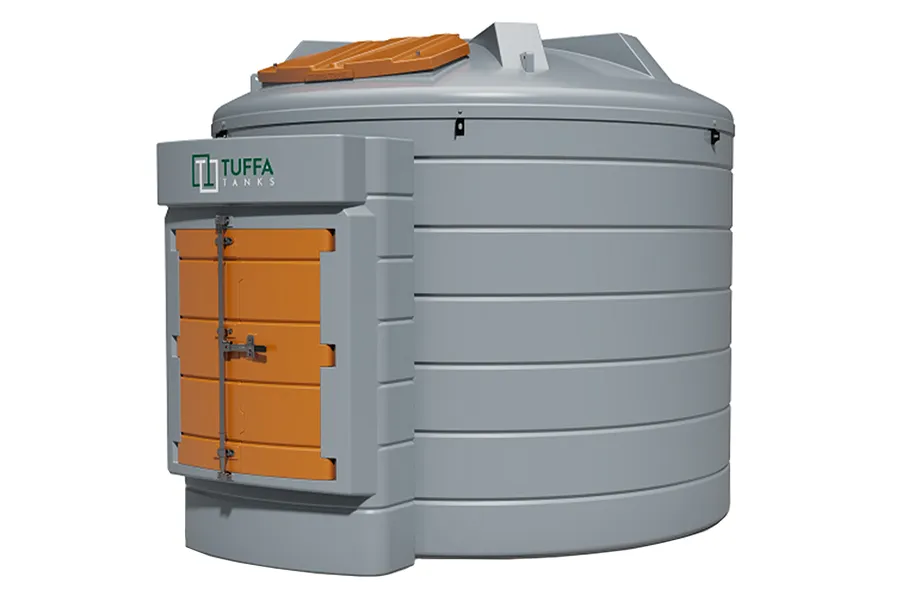

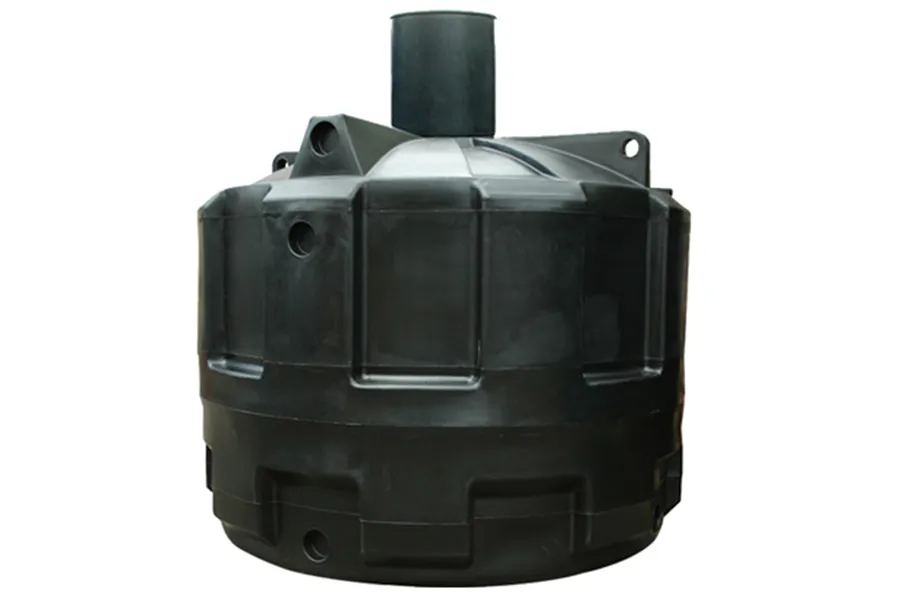
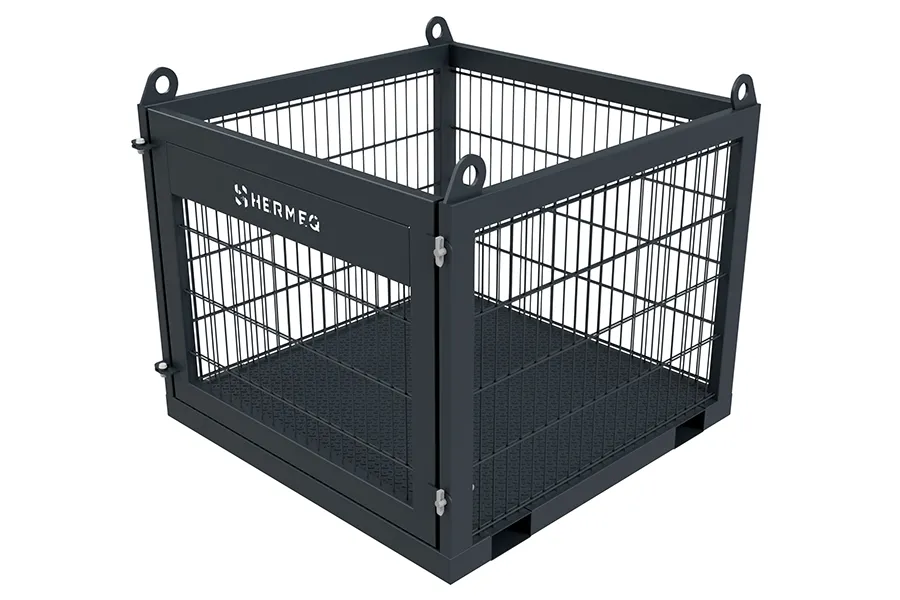

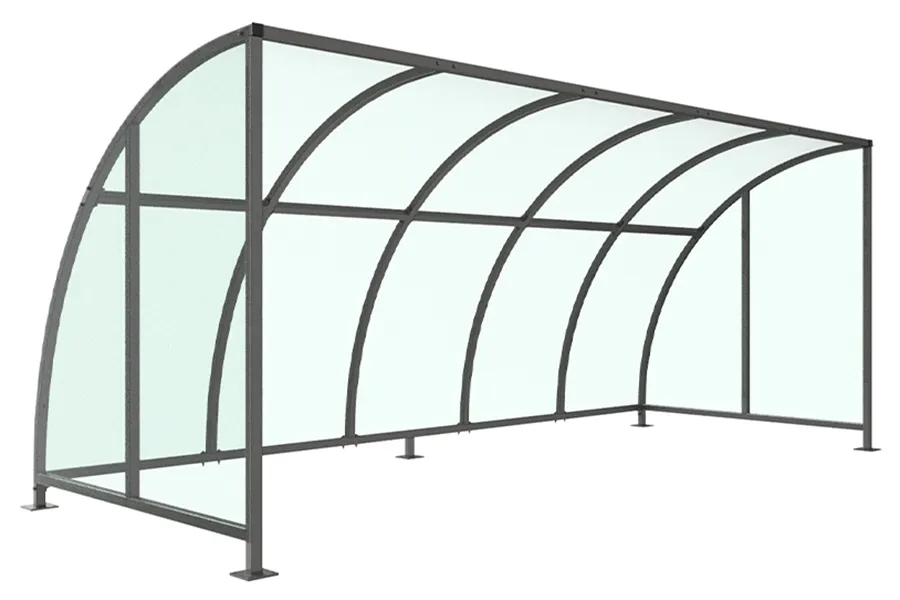
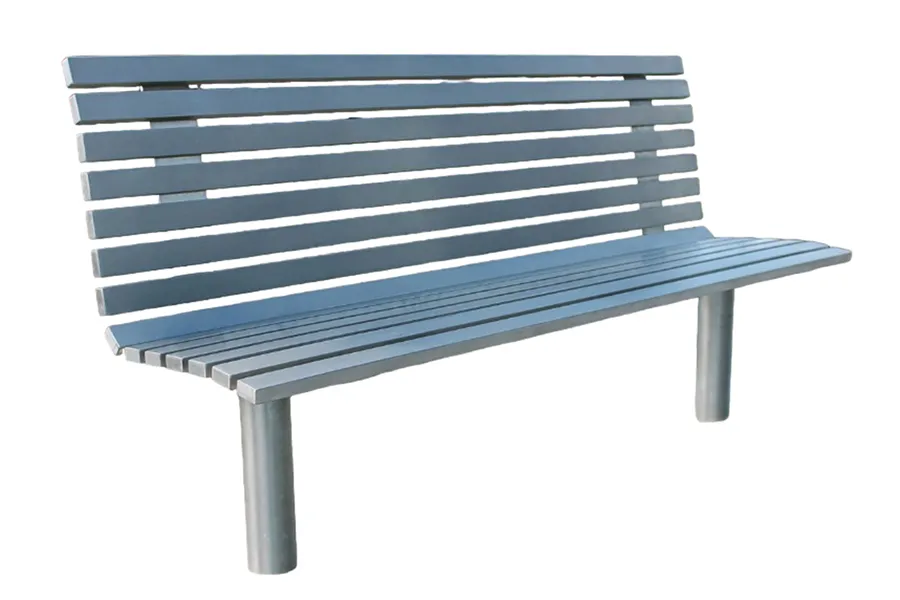
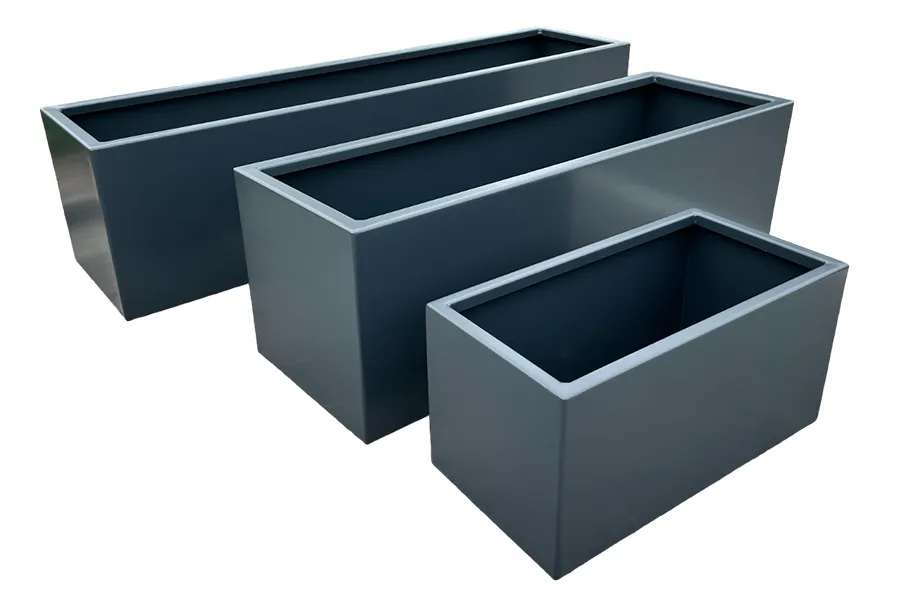

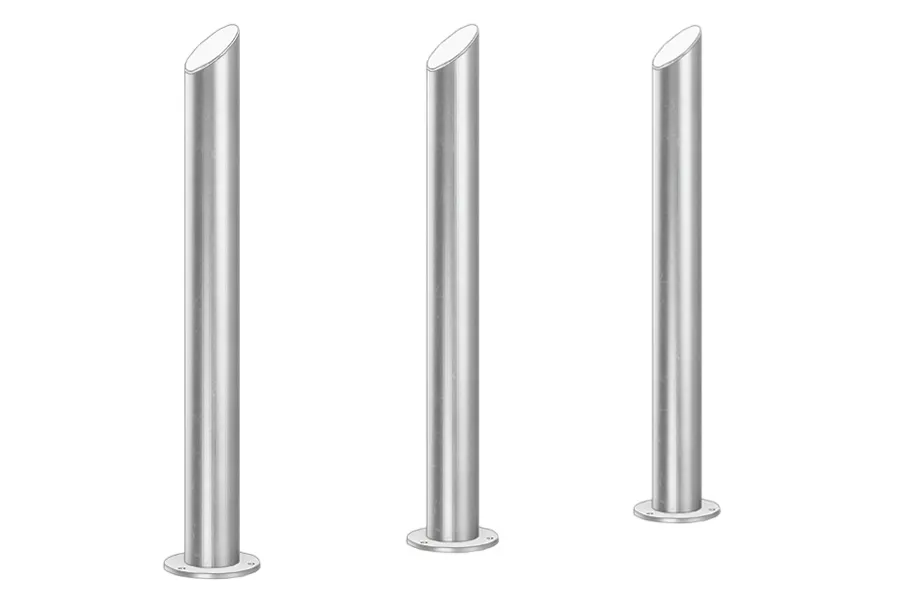
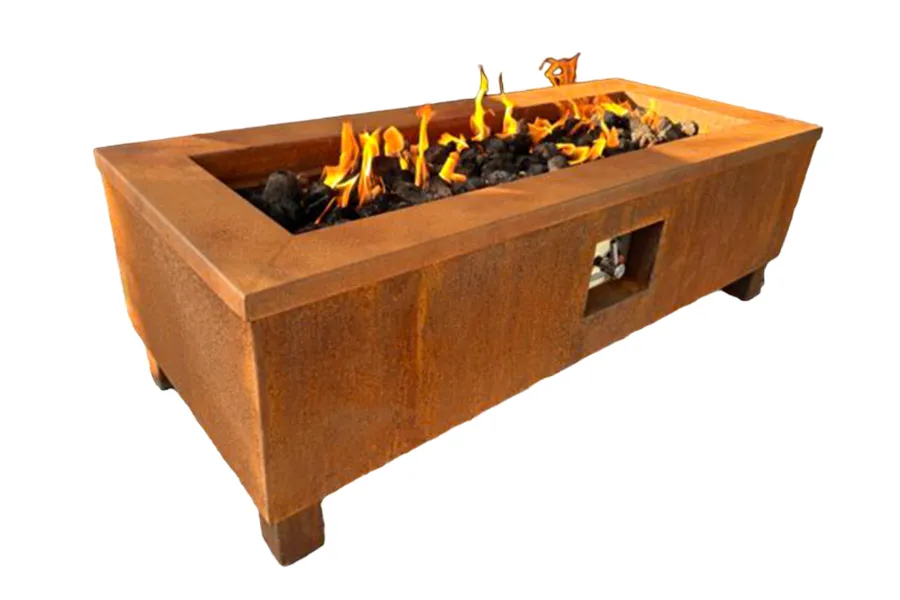


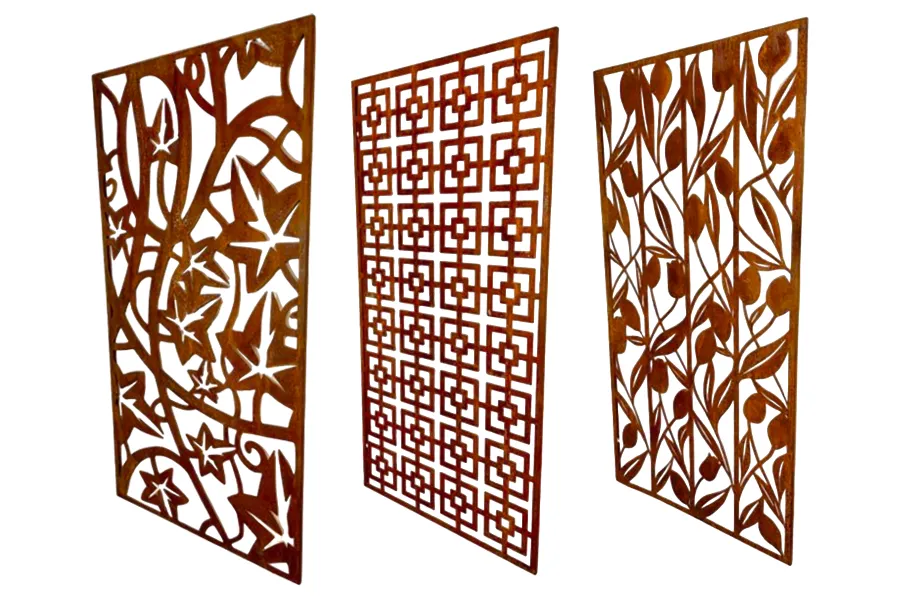
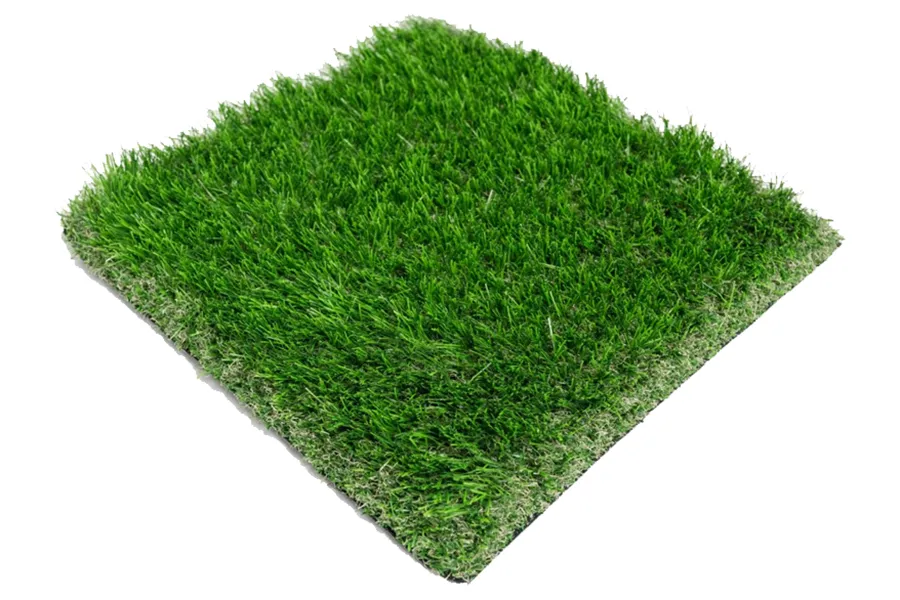
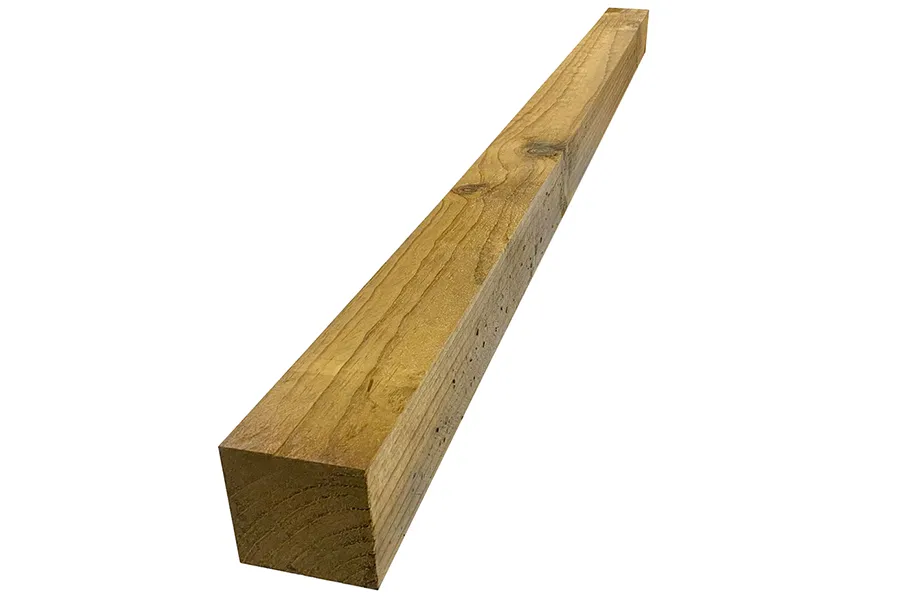
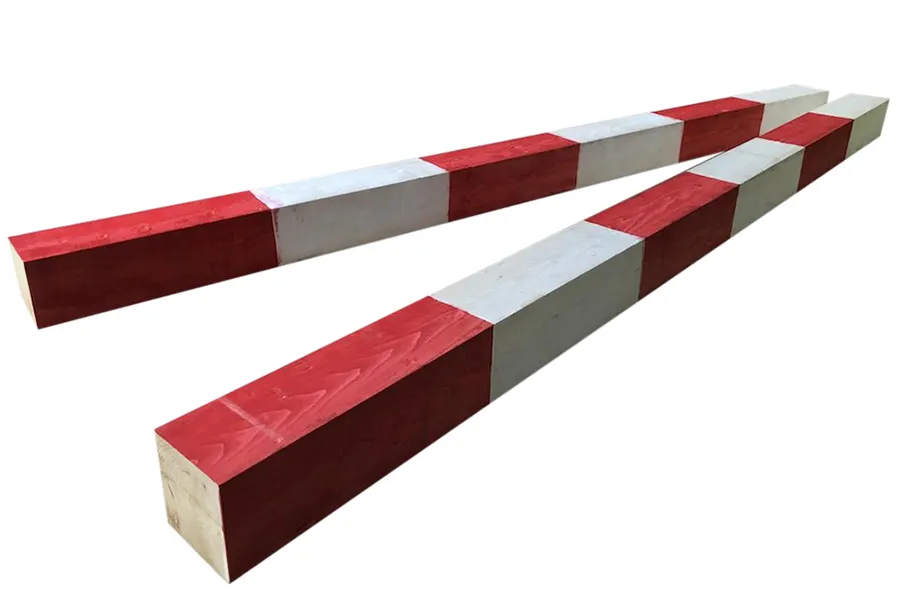
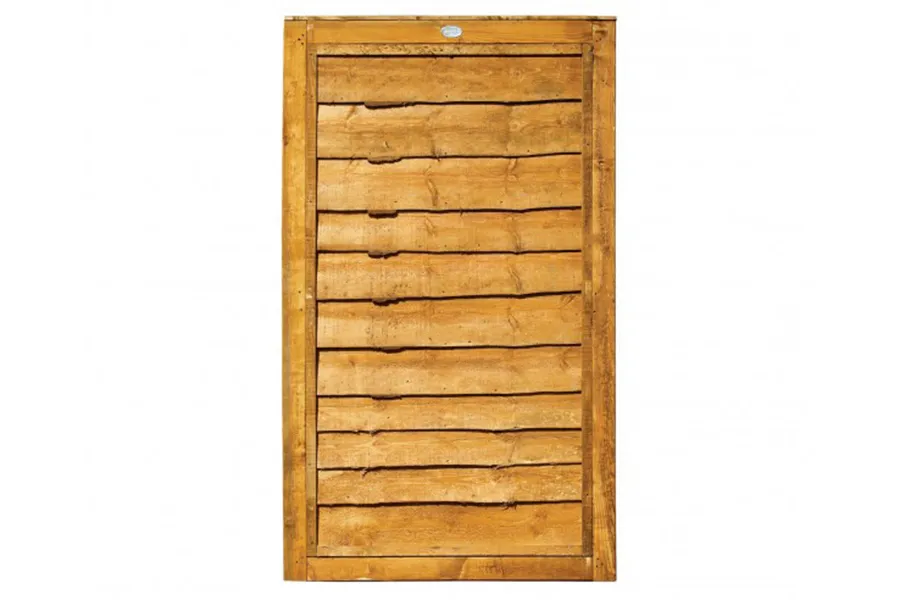
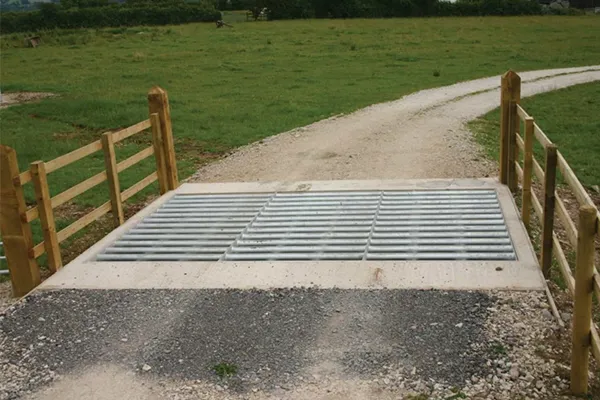
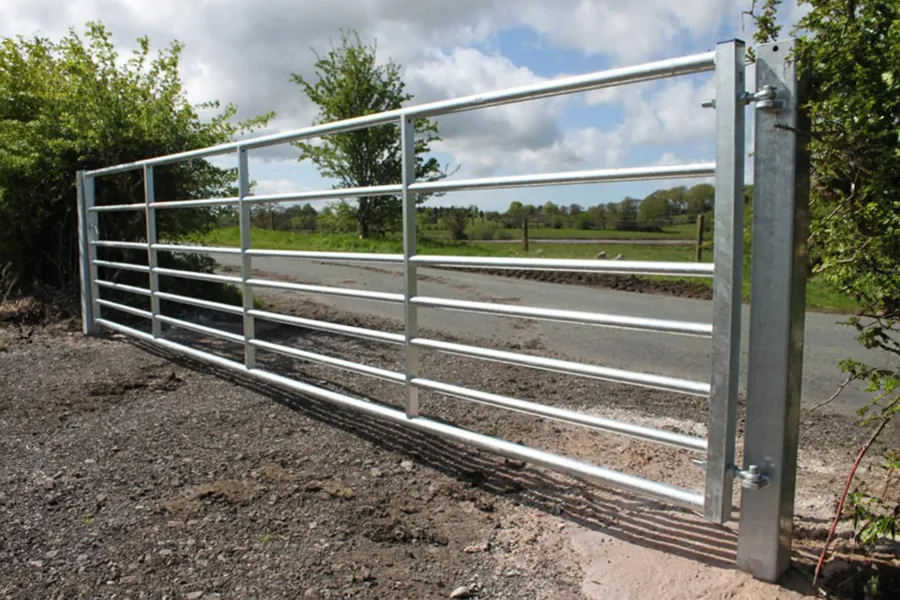
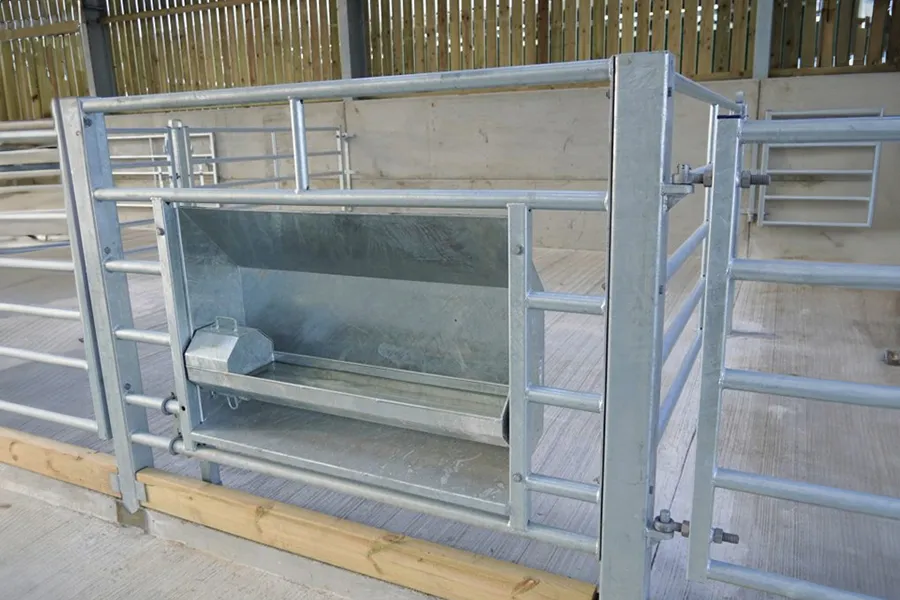
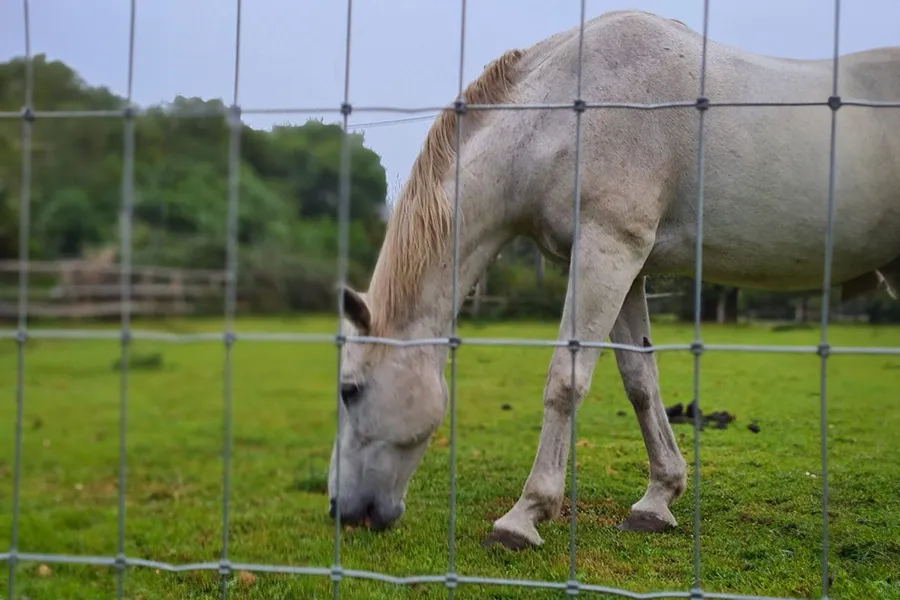


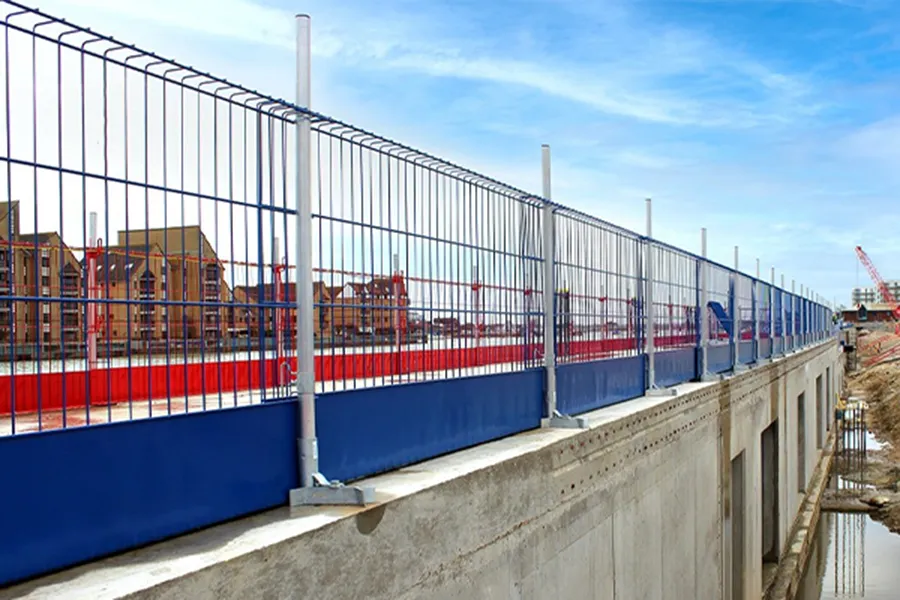
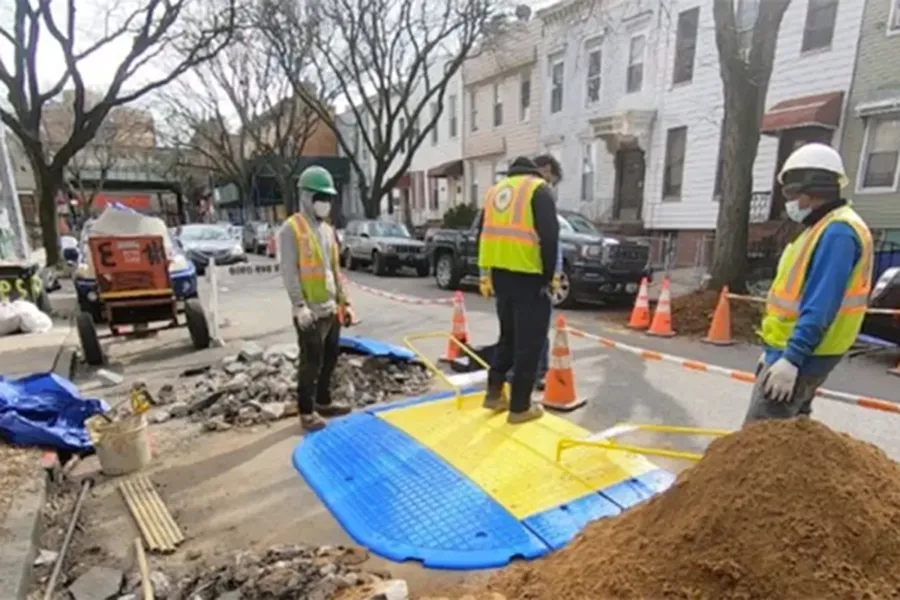
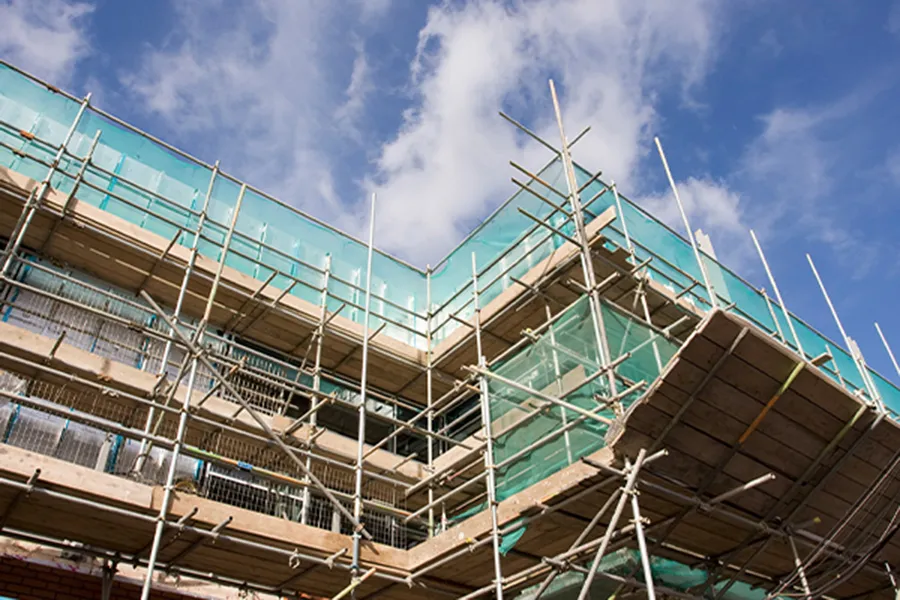
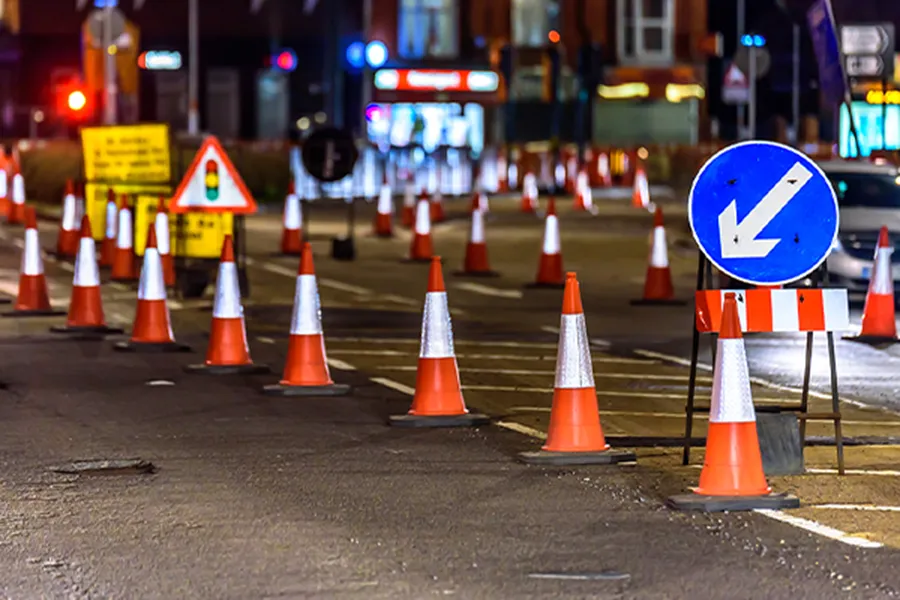
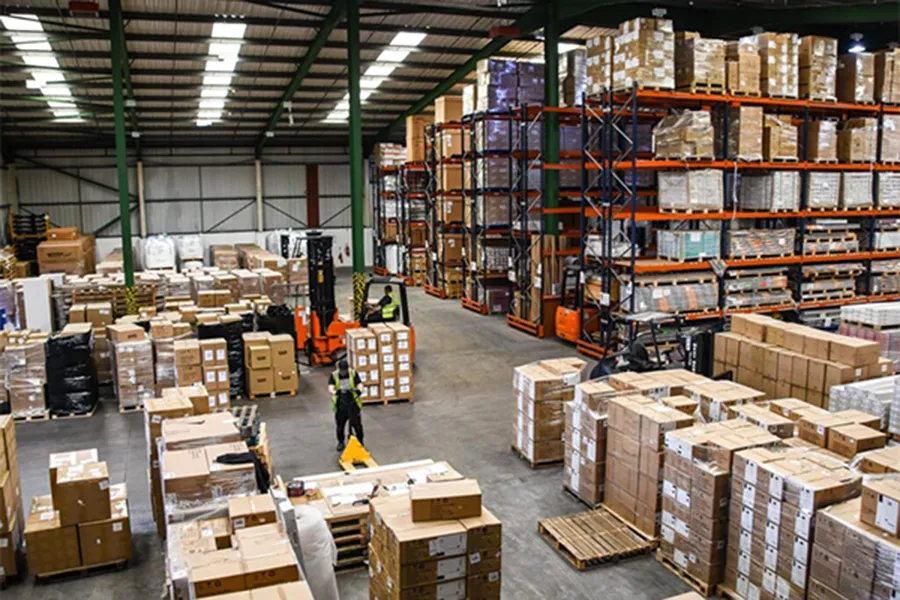
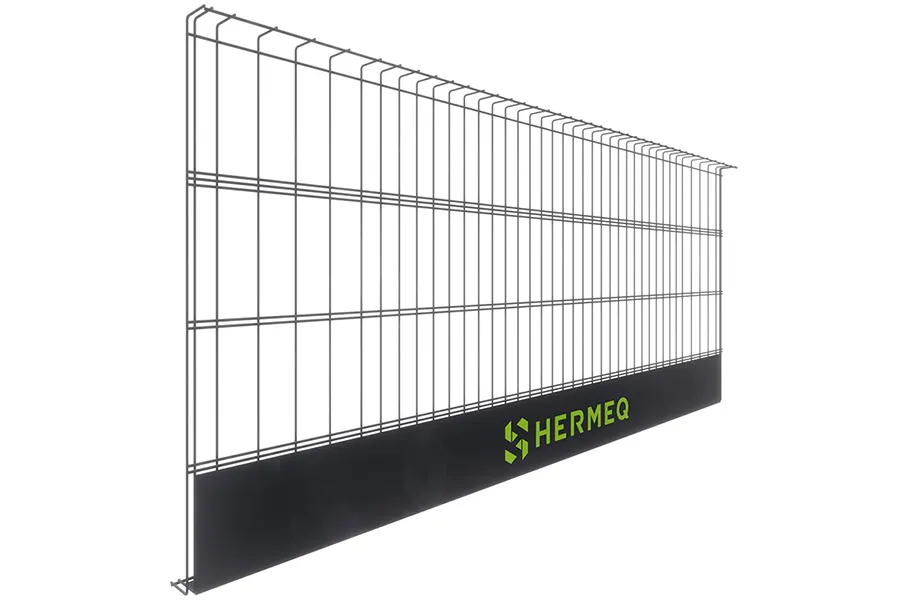
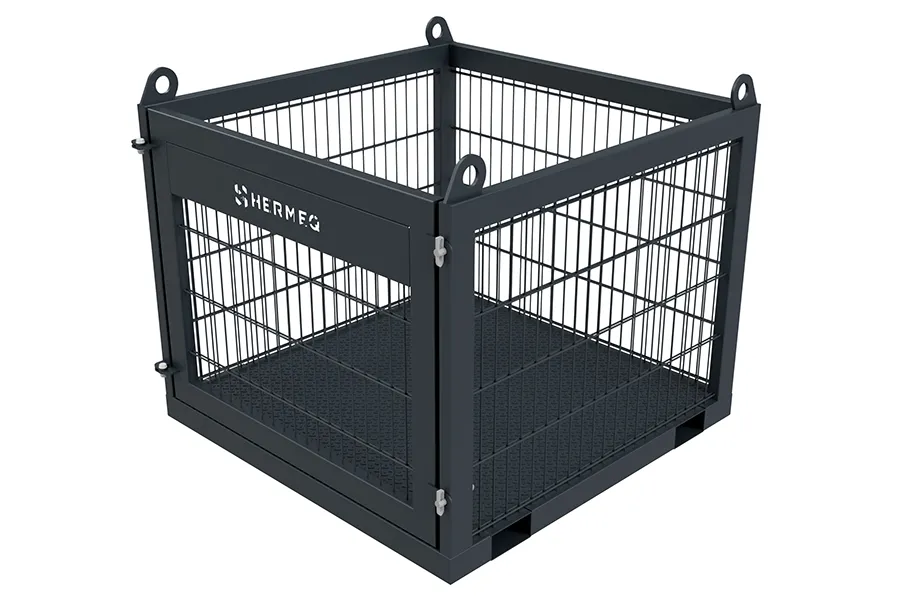

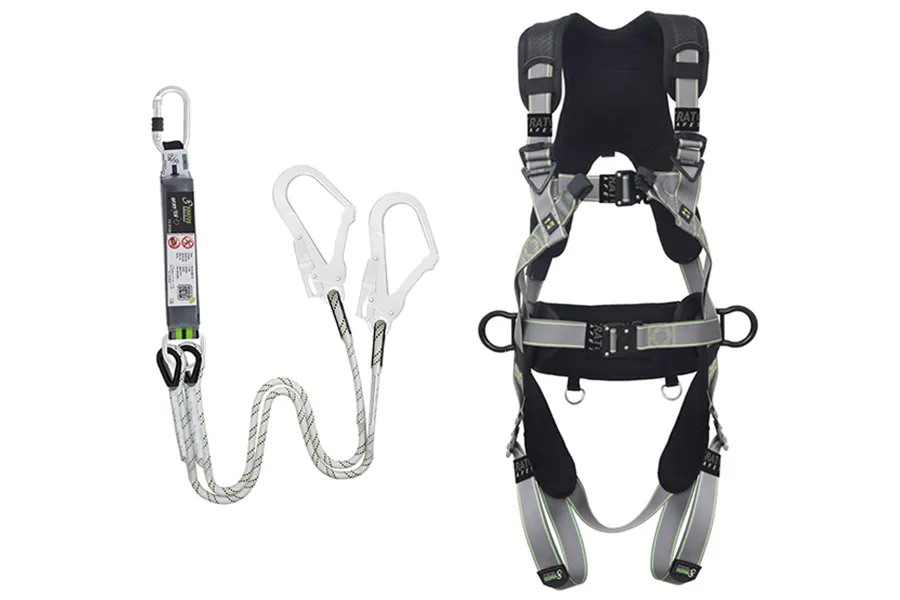
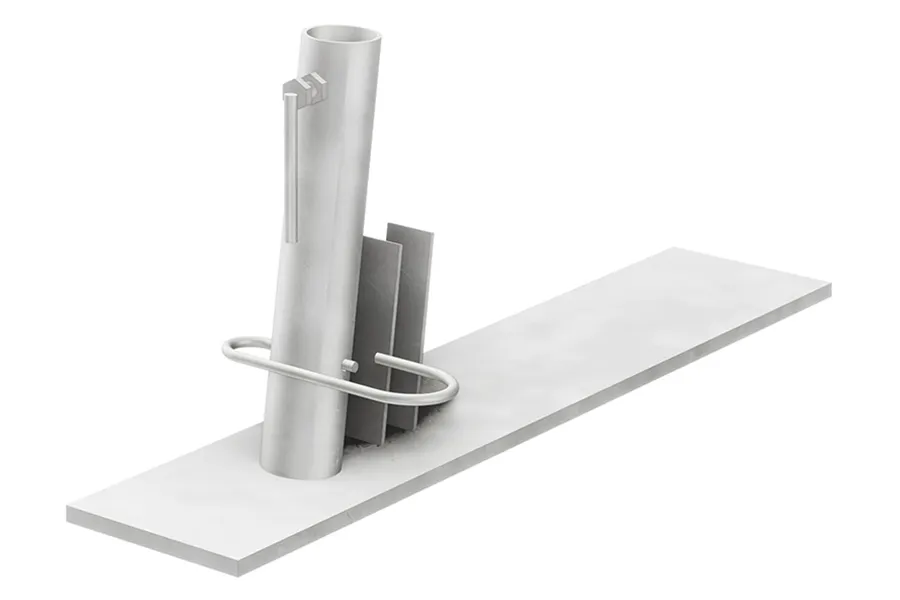
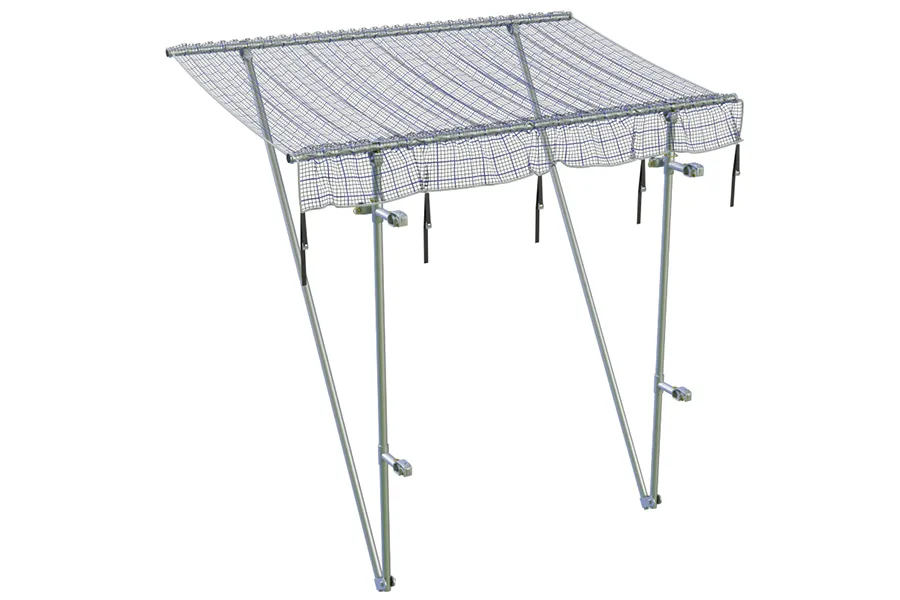
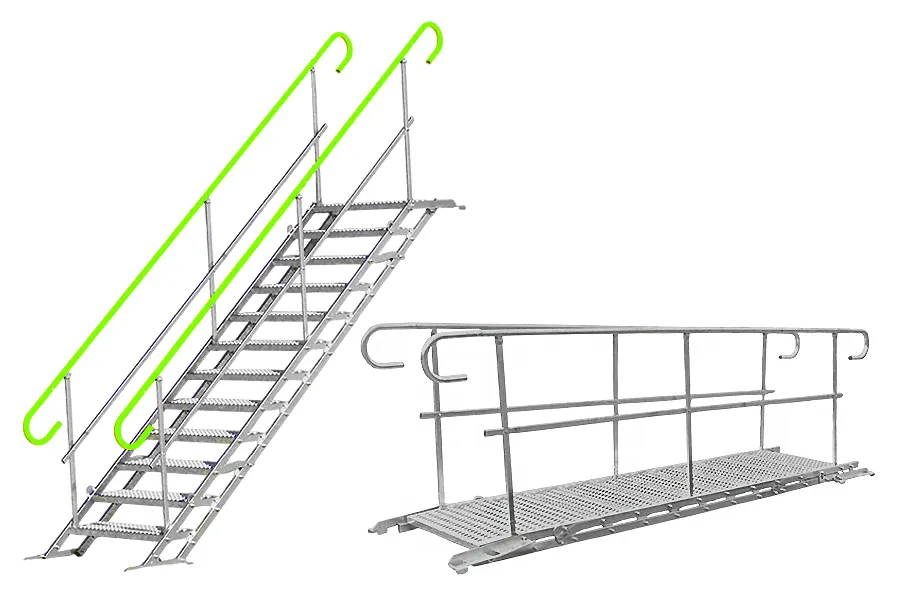
 HERMEQ UK
HERMEQ UK HERMEQ Ireland
HERMEQ Ireland HERMEQ Netherlands
HERMEQ Netherlands HERMEQ France
HERMEQ France HERMEQ DACH
HERMEQ DACH
